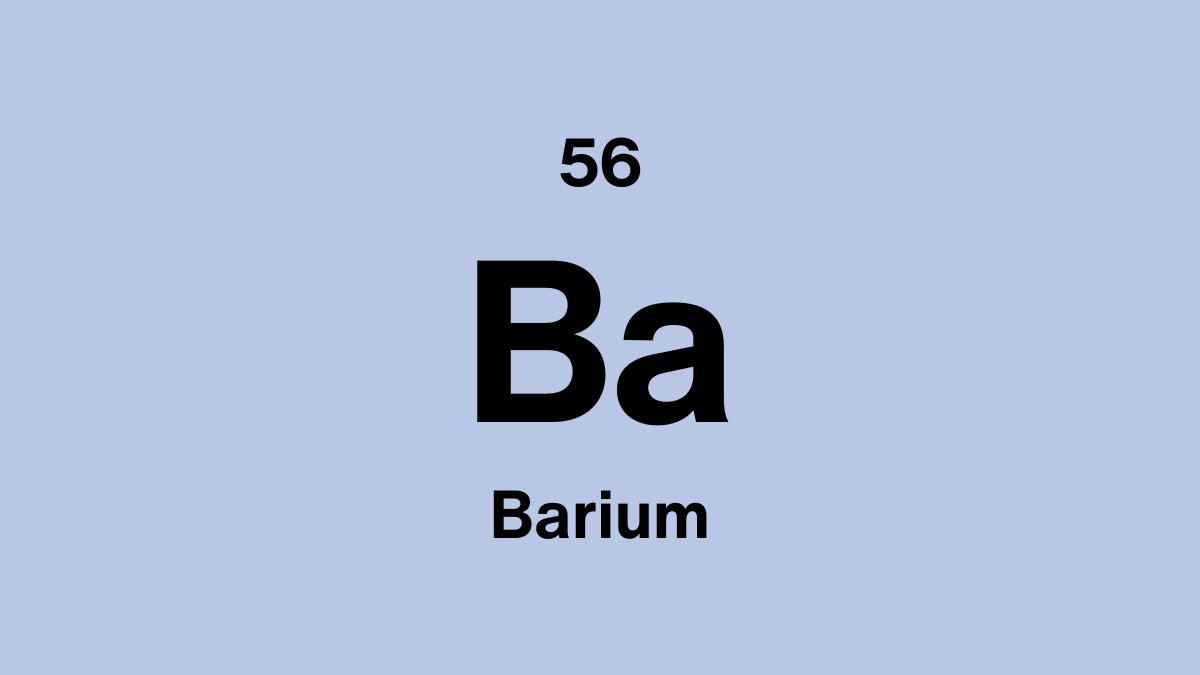Our blog:
Categories
We’ve compiled a list of the 50 funniest chemistry, science, and periodic table jokes on the internet! These puns and one-liner jokes have all the “elements” of a funny chemistry joke.
Michiel Bester | Updated: September 2023
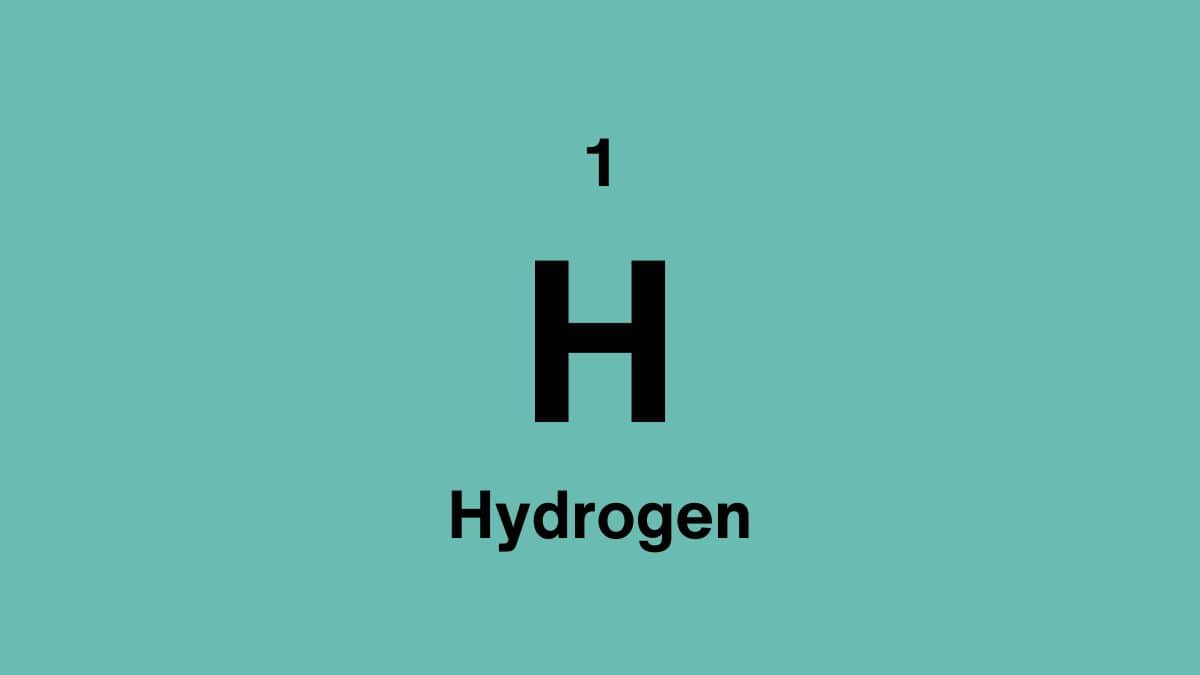
Hydrogen is the most abundant chemical substance in the universe. Most of the hydrogen on earth exists in molecular forms, for example in water molecules where two hydrogen atoms are combin...
Michiel Bester | Updated: June 2022
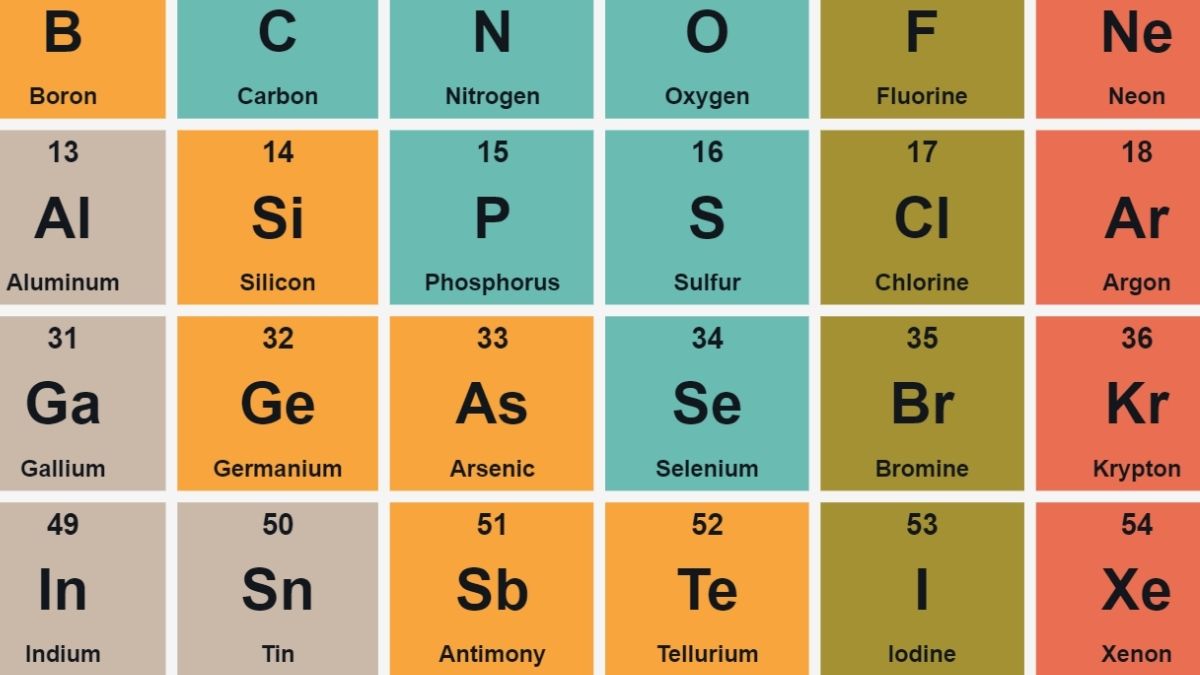
Dive into the unofficial celebration of International Periodic Table Day on February 7th. Explore the rich history and elemental wonders in this insightful article for chemistry enthusiasts worldwide.
Michiel Bester | Updated: February 2024
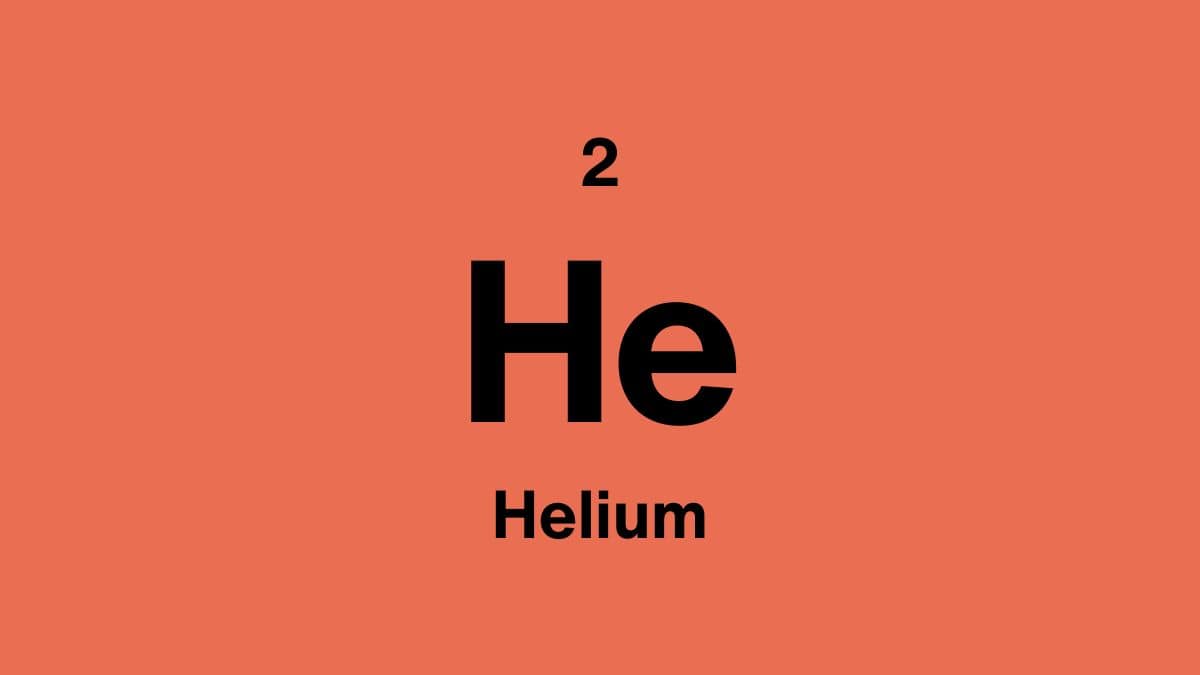
Helium. Our beloved party balloon gas that makes you giggle the more you giggle and element number 2 on the Table of Elements. In this blog post, we discuss the question on everyone's minds...
Michiel Bester | Updated: June 2022
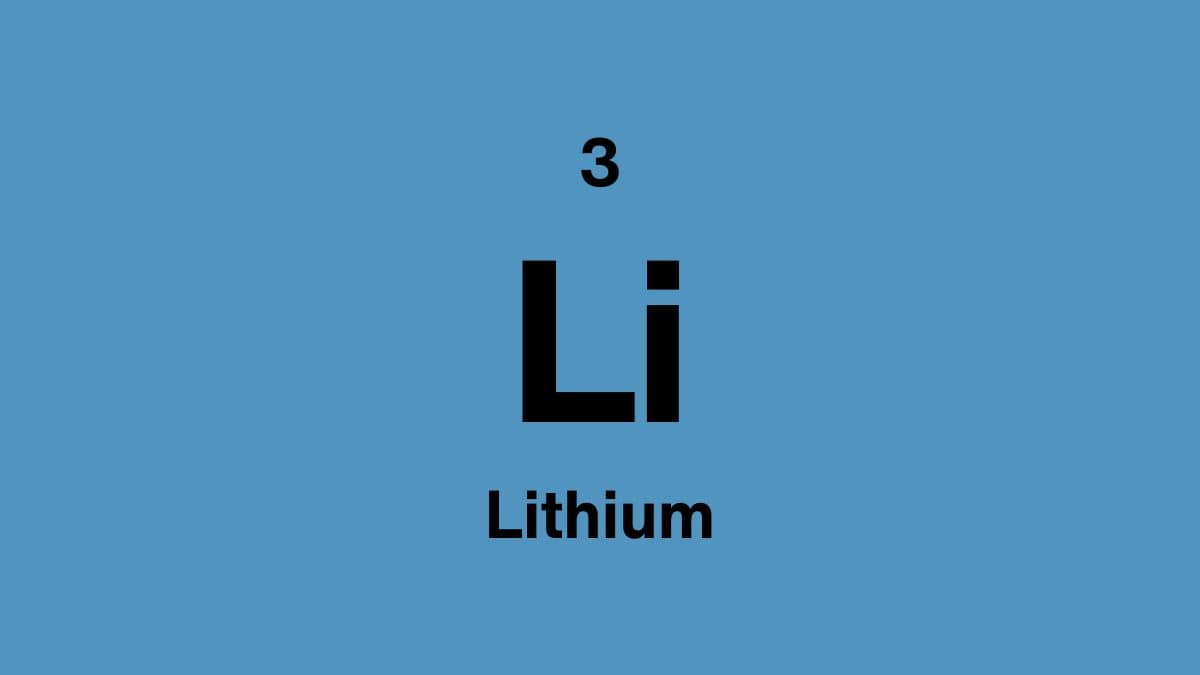
Lithium is the third element on the periodic table of elements and falls into the alkali metals group (I). Lithium is also the lightest metal on the periodic table. It is so light that...
Michiel Bester | Updated: June 2022

In 1869 Dmitri Mendeleev created the first variation of the periodic table as we know it today. He was the first person to arrange the elements by increasing atomic mass and leave spaces open for...
Michiel Bester | Updated: June 2022
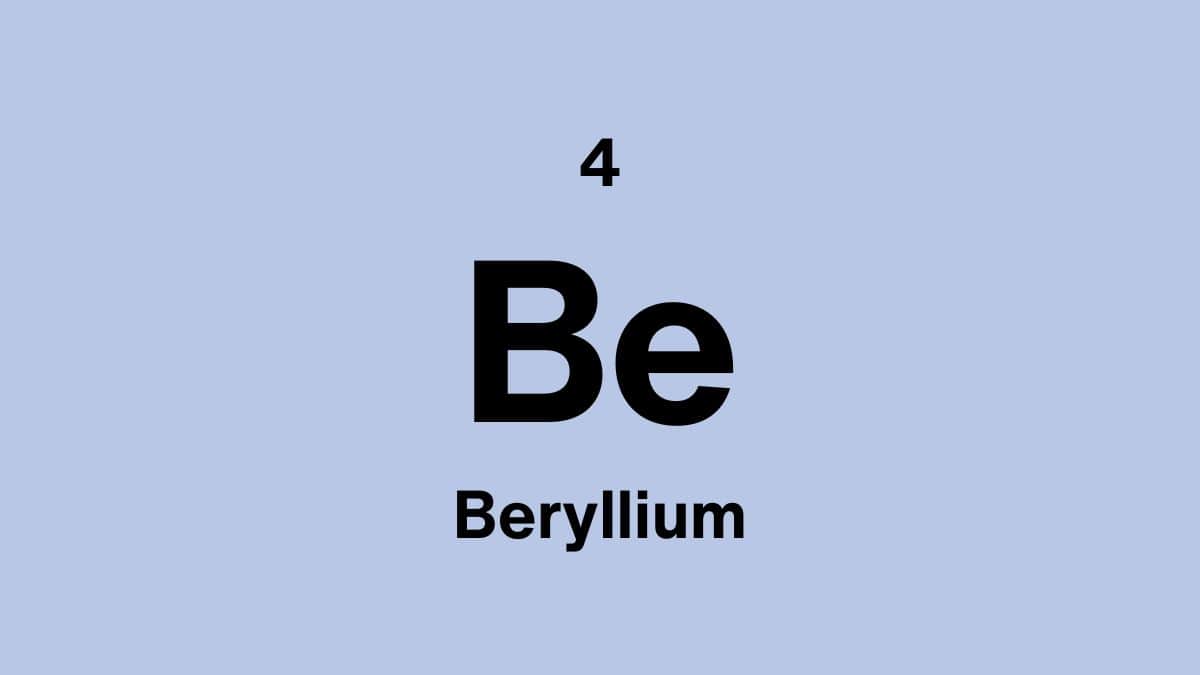
The average person might not have heard about Beryllium, but there is some talk about this element among scientists. From the production of high-quality springs to the use in the Webb space...
Michiel Bester | Updated: June 2022
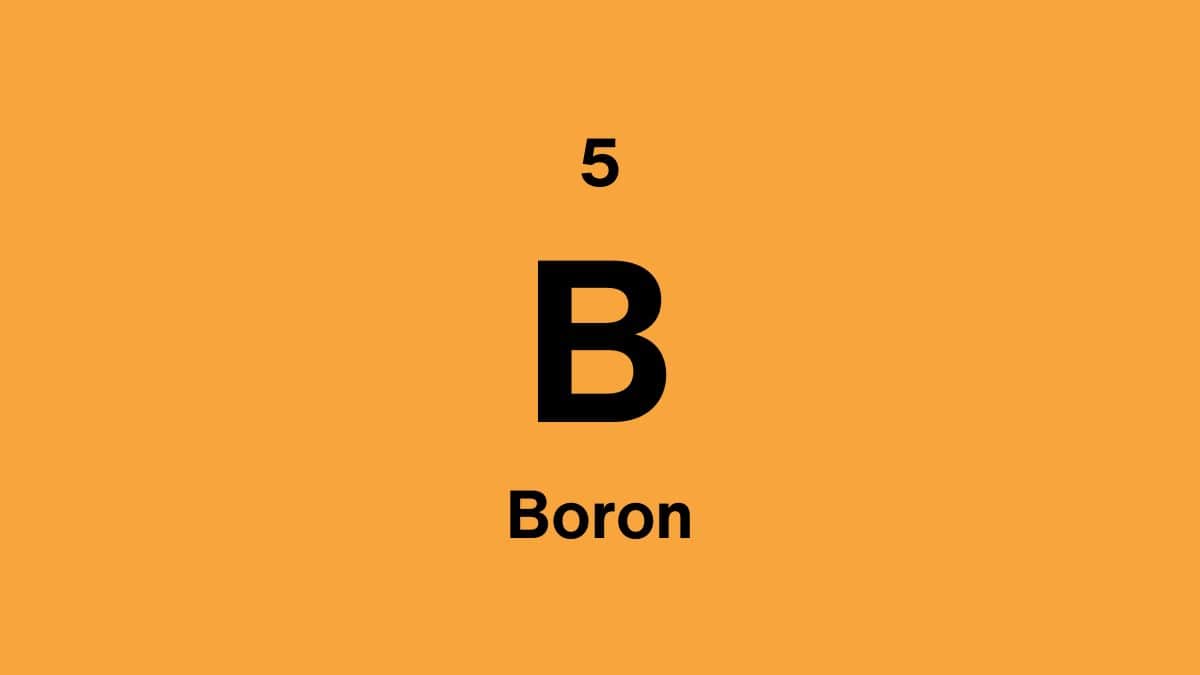
Boron is the fifth element on the periodic table of elements and has many useful applications such as being a crucial constituent in eye drops, washing powders, and rocket fuel ignition, but...
Michiel Bester | Updated: June 2022

Carbon is the sixth element on the periodic table. There are more chemical compounds that contain carbon than compounds that don’t. This element is the center of all life on earth...
Michiel Bester | Updated: June 2022

If you've ever taken a biology class, you'll know about the nitrogen cycle. You'll also know that lightning is an essential component in the process and that without nitrogen...
Michiel Bester | Updated: June 2022
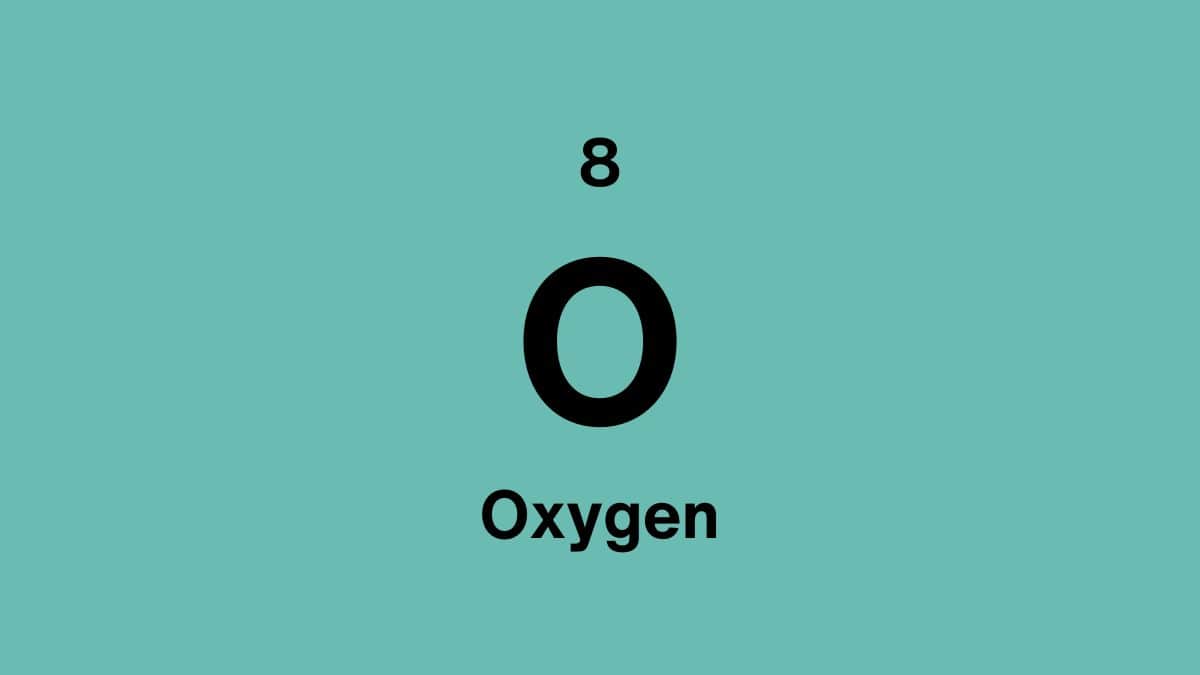
Oxygen is element number 8 on the periodic table of elements and is one of the most important elements to sustain life on earth. But did you know that the element can be found in sand...
Michiel Bester | Updated: June 2022
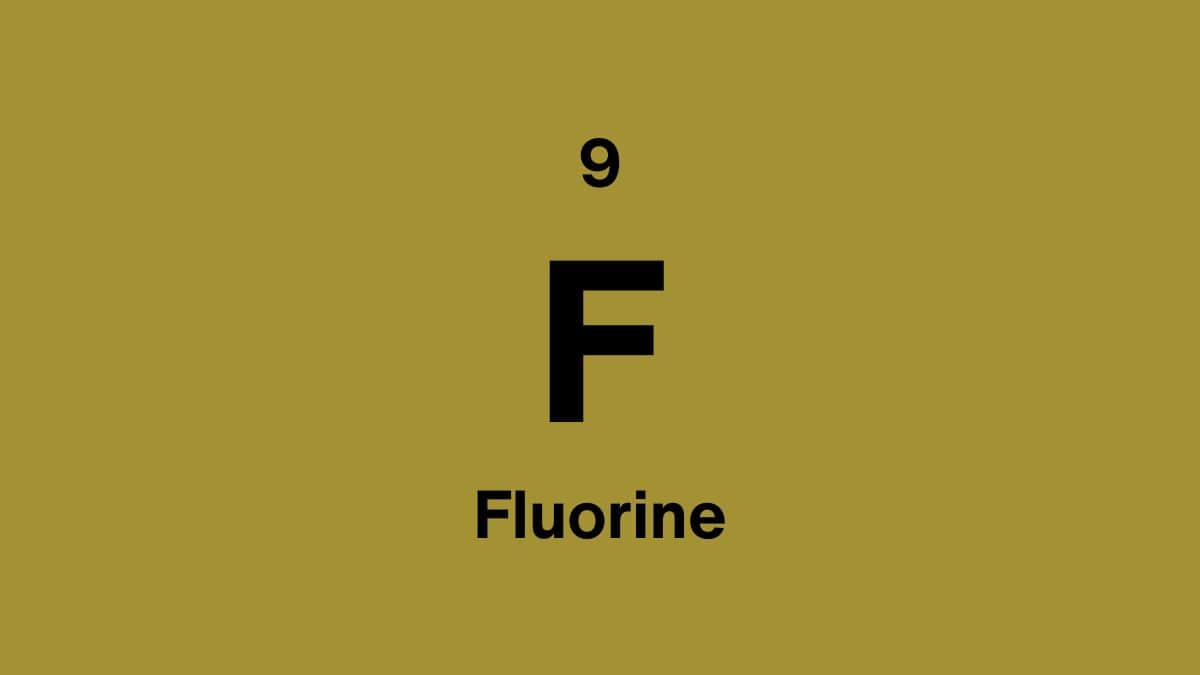
Fluorine is the 9th element on the periodic table of elements and is also the most reactive element in the universe. That means that steel wool will combust in pure fluorine gas and glass...
Michiel Bester | Updated: June 2022
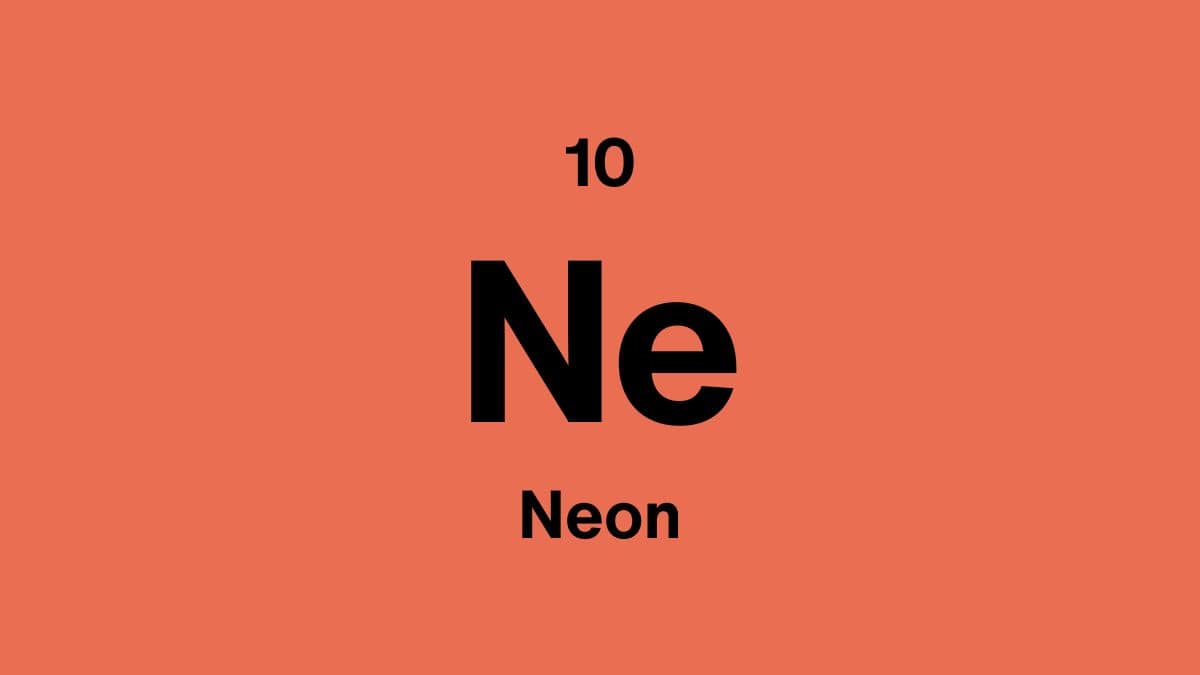
Element number 10 is our beloved neon gas. The images of the Las Vegas neon signs reflect the main use for this humble inert gas. Besides being one of our personal favourites, the element...
Michiel Bester | Updated: June 2022

Sodium chloride and sodium bicarbonate are compounds used daily in every household. But the element behind these compounds is much less innocent. Pure sodium will cause a violent....
Michiel Bester | Updated: June 2022

Magnesium is element number 12 on the periodic table of elements. This element can be found in every single living organism, animal and plant. Some people even use magnesium supplements...
Michiel Bester | Updated: June 2022

We’ve all heard people talk about the flavor profile of a certain wine or coffee blend, but how are these flavors actually categorised...
Ellen Ovenden | Updated: May 2023
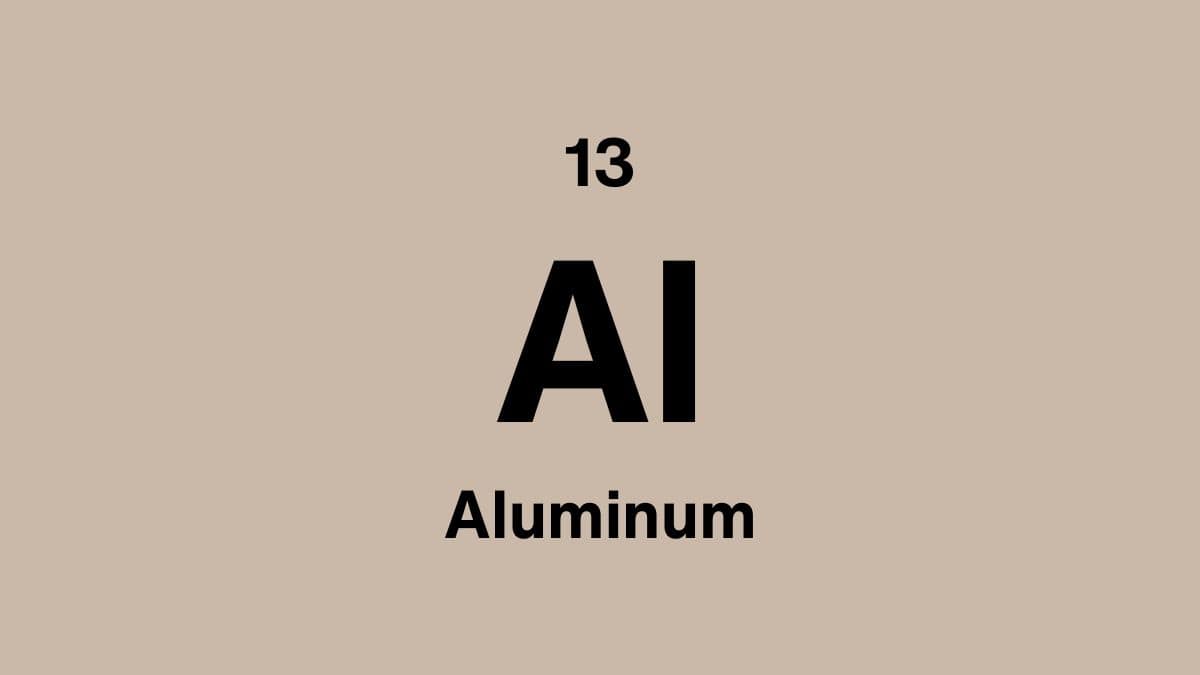
Aluminum, aluminum. Tomato, tomato. Why on earth are there two ways of spelling one of the most useful metals in the earth's crust? And can this metal really cause Alzheimer's disease?
Michiel Bester | Updated: June 2022
Silicon is the second most abundant element on earth and one of the most useful for human use as well. You’ve probably encountered silicon in your everyday life, but...
Michiel Bester | Updated: June 2022
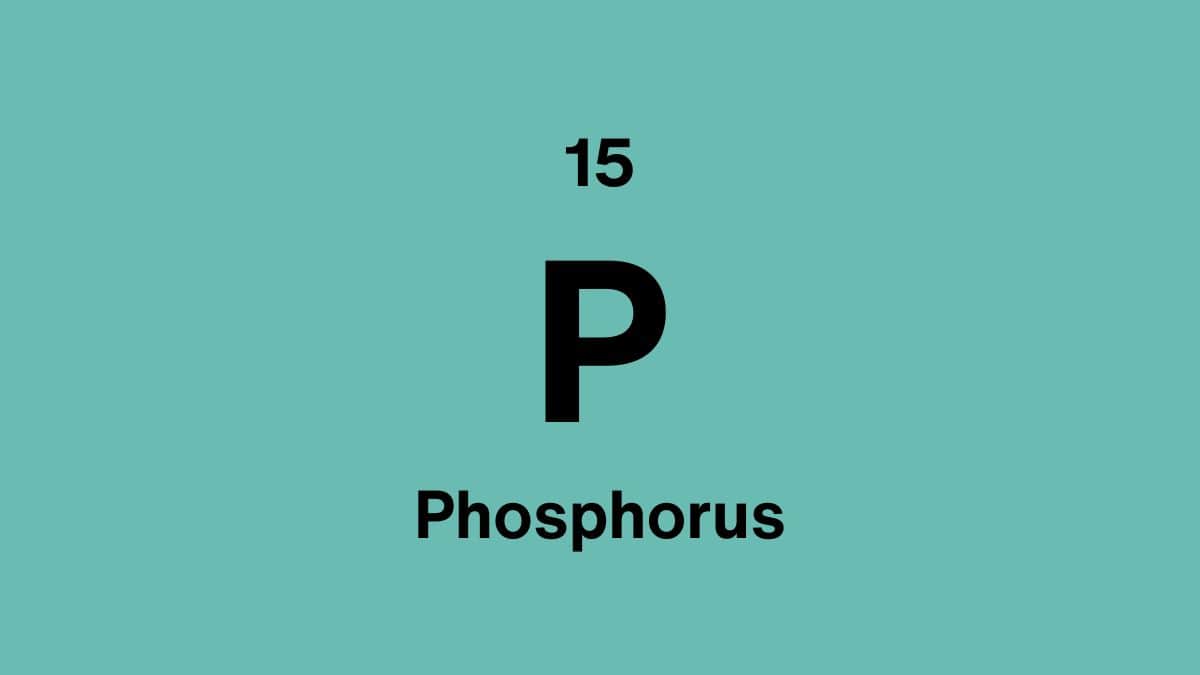
The element phosphorus itself does not produce the glow-in-the-dark-glitter-like effect that can sometimes be seen in moving bodies of water. This phenomenon can, in most cases, be attributed to a biochemical ...
Guina Rodrigues | Updated: December 2022

Why is sulfur called the Devil's gold, when it is such an abundant element in the human body and plays an important part in agricultural fertilization...
Guina Rodrigues | Updated: January 2023

Chlorine plays an important role in the human body with regard to excretions and secretions. These secretions and excretions are formed through catabolic and anabolic processes which take place in the body and contain chlorine...
Guina Rodrigues | Updated: January 2023

Welcome to the fascinating world of argon! This unassuming gas may not have the flamboyance of helium or the reactivity of oxygen, but don't be fooled by its uneventful nature. Argon holds a special place in both the scientific and everyday realms, hiding a multitude of intriguing secrets. In this lighthearted essay...
Michiel Bester | Updated: September 2023

Potassium is one of those elements that we hear about very often, but neglect to investigate properly because of our lack of interest. This element can have immense health...
Guina Rodrigues | Updated: November 2022
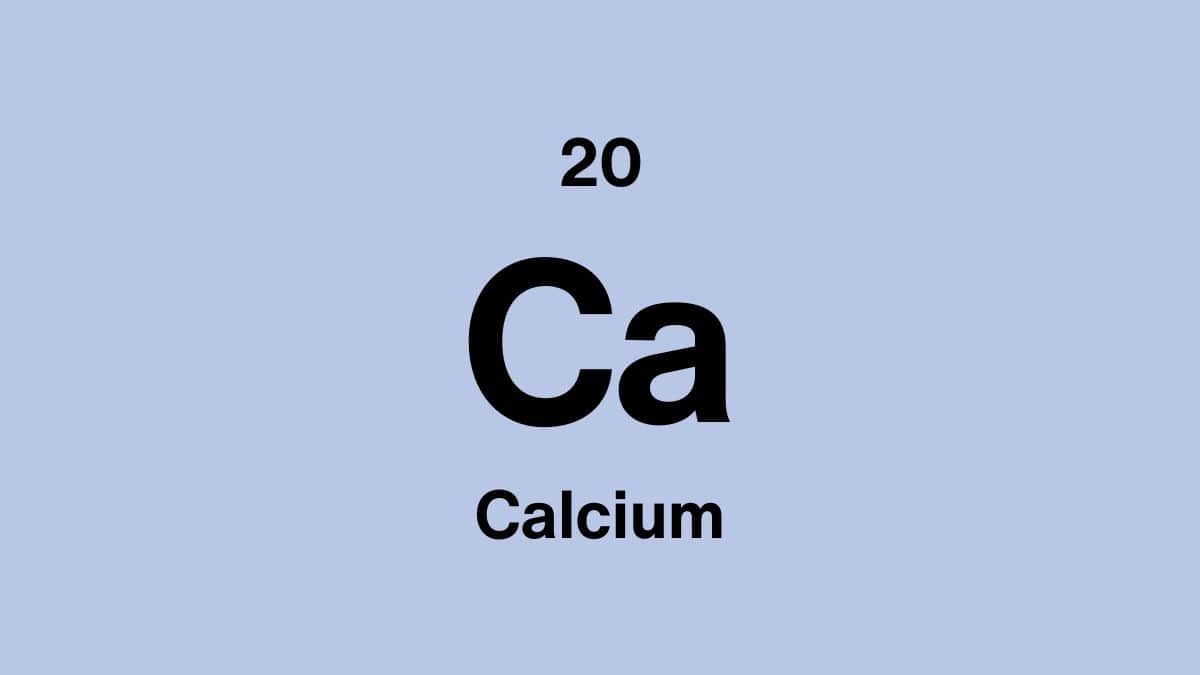
Calcium, the unsung hero of the periodic table, is more than just the stuff that makes our bones strong. It plays a vital role in our bodies, contributes to countless applications in various industries, and even holds a few surprising secrets. Join us on a whimsical journey as we delve into the fascinating world...
Michiel Bester | Updated: September 2023
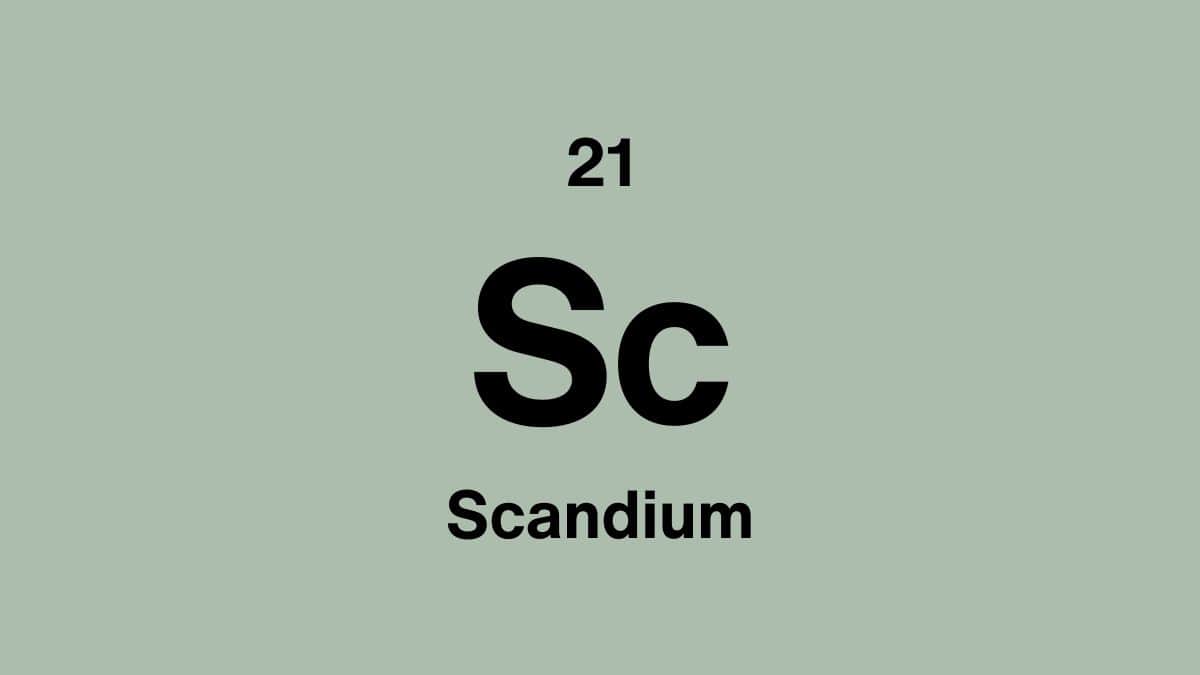
Scandium is a silvery-white metal with a metallic luster, similar in appearance to other transition metals. It has a bright, shiny surface and reflects light well, giving it a characteristic...
Michiel Bester | Updated: September 2023

Titanium is a lustrous, silver-white transition metal with a slightly darker shade than silver. It has a metallic appearance, and in its pure form, it has a smooth, polished surface. Titanium can also be found...
Guina Rodrigues | Updated: April 2023

Vanadium is a hard, silvery-grey transition metal renowned for strengthening steel and enabling high-performance alloys. It is also used in catalysts and energy-storage applications.
Michiel Bester | Updated: October 2025
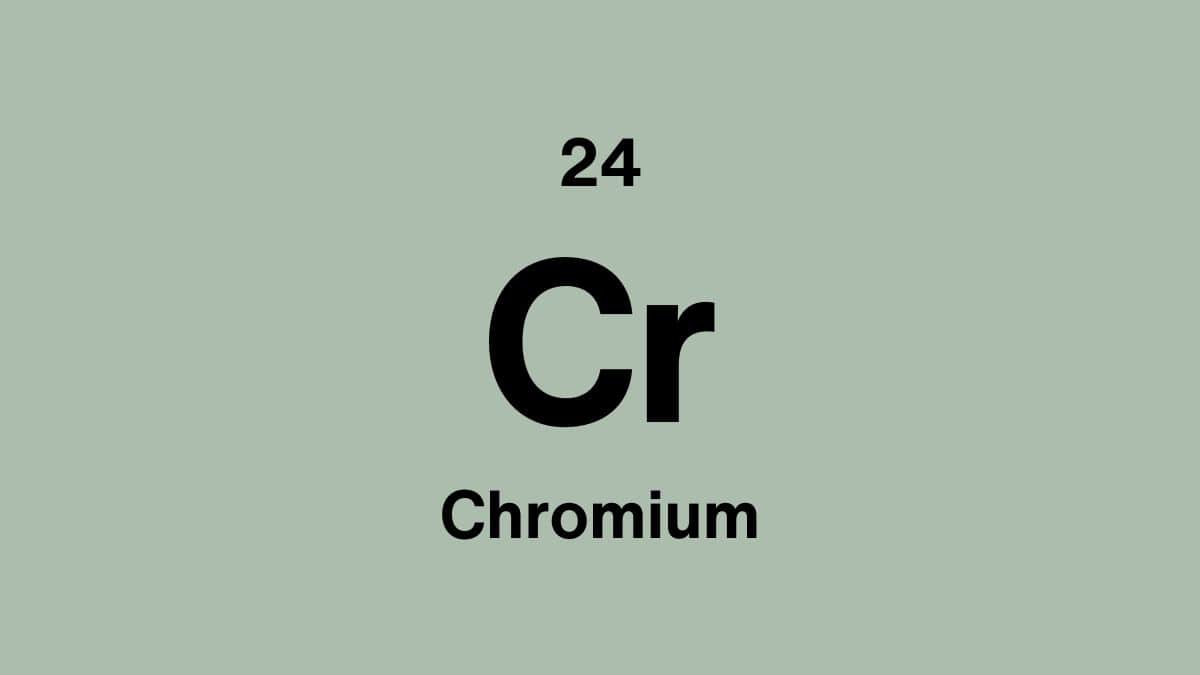
Chromium is a hard, lustrous metal known for its exceptional corrosion resistance and brilliant reflective surface. It is widely used in stainless steel production and decorative chrome plating.
Michiel Bester | Updated: October 2025
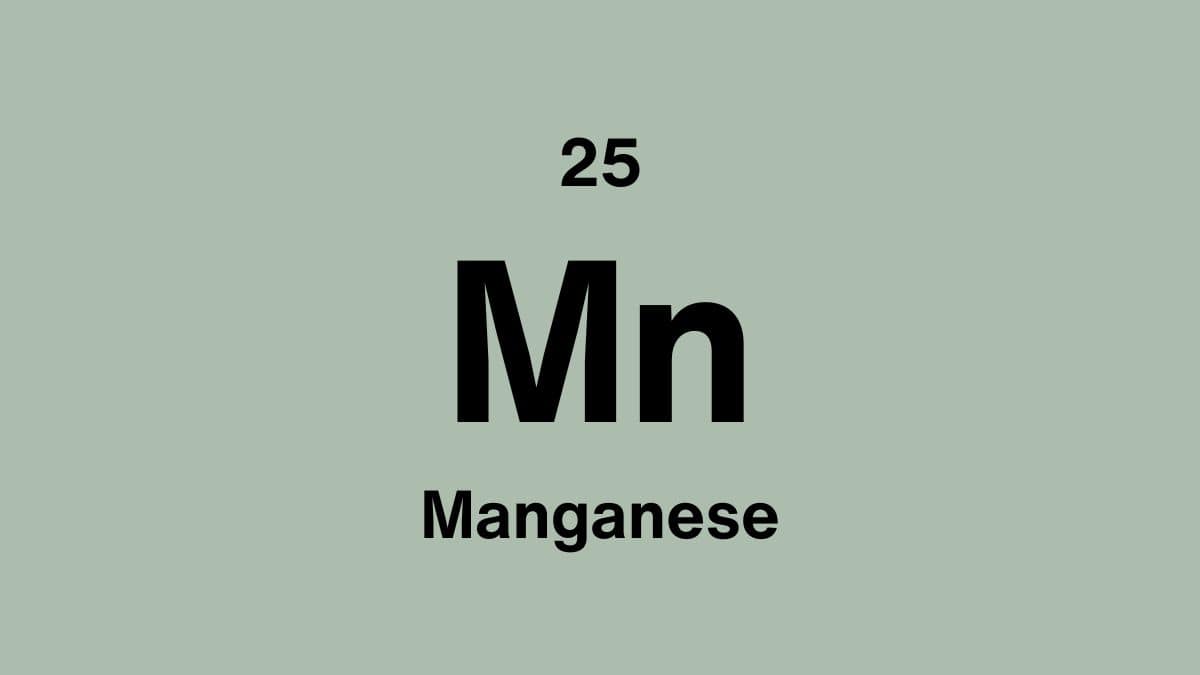
Manganese is a hard, brittle metal that plays a crucial role in steel production, improving strength and durability. It is also used in batteries and various chemical applications.
Michiel Bester | Updated: October 2025
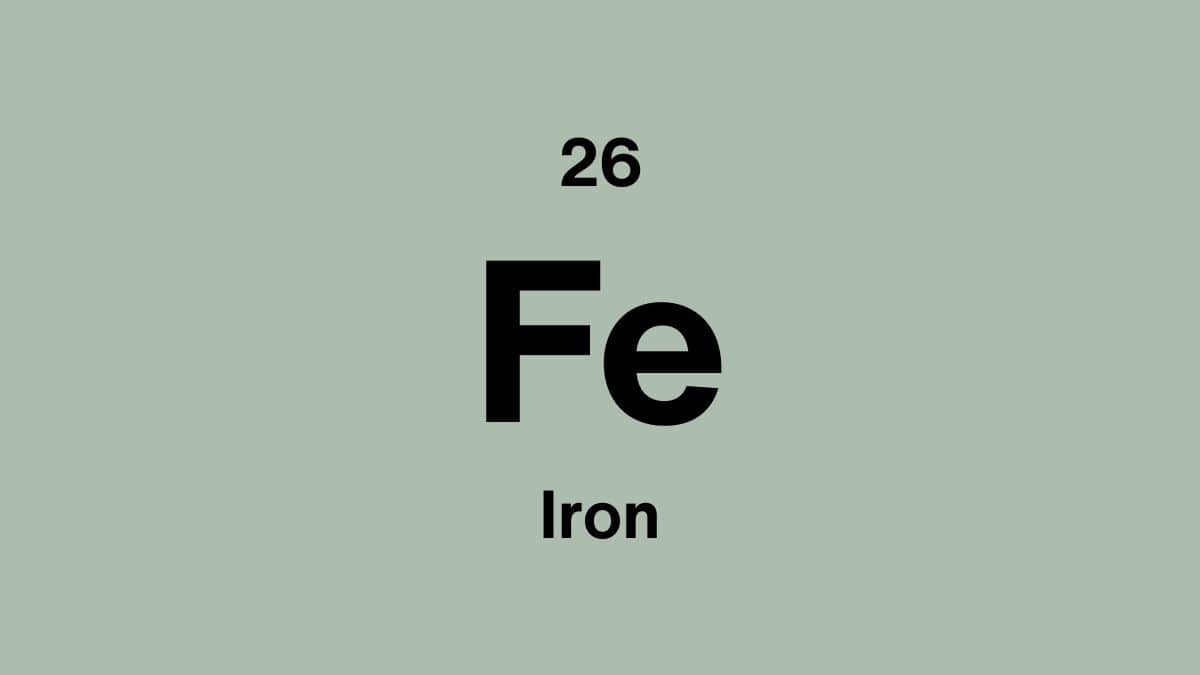
Iron is a strong, magnetic metal widely used in construction, machinery, and steel production. It is essential in biological processes, including oxygen transport in the blood.
Michiel Bester | Updated: October 2025
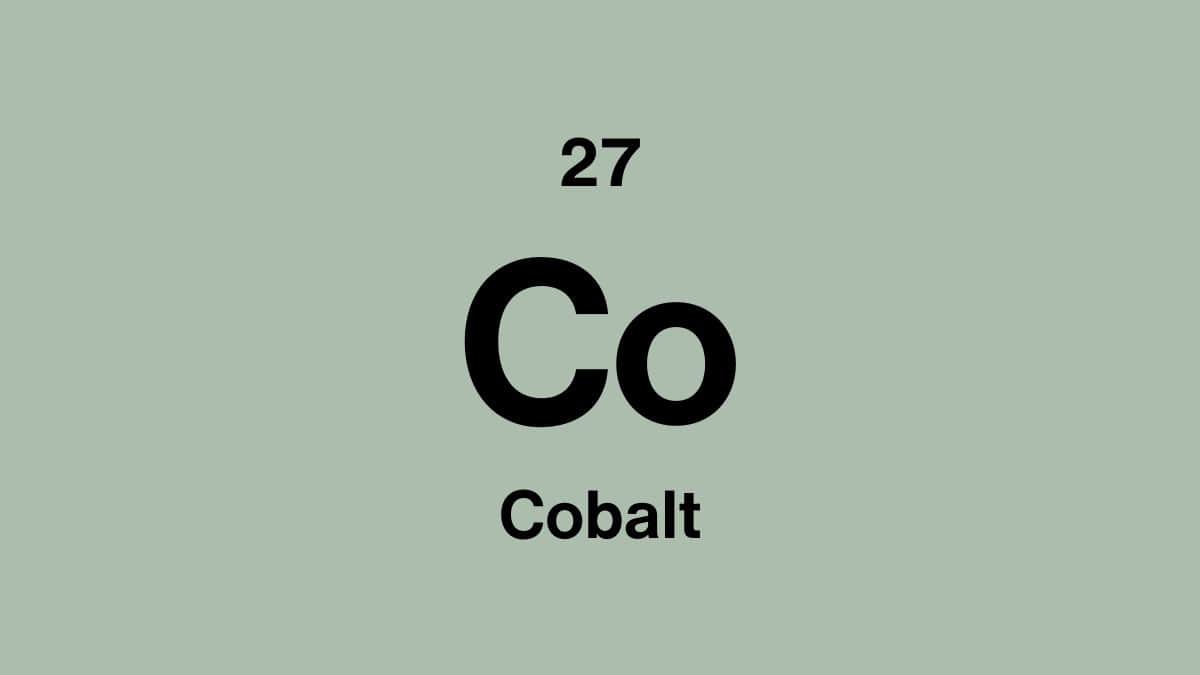
Cobalt is a hard, lustrous metal used in high-performance alloys, magnets, and rechargeable batteries. It is also essential in small amounts for human nutrition.
Michiel Bester | Updated: October 2025

Nickel is a silvery-white metal valued for its corrosion resistance and ability to form alloys. It is widely used in stainless steel, coins, and rechargeable batteries.
Michiel Bester | Updated: October 2025

Copper is a reddish, highly conductive metal widely used in electrical wiring, plumbing, and coins. It is also an essential trace element for living organisms.
Michiel Bester | Updated: October 2025
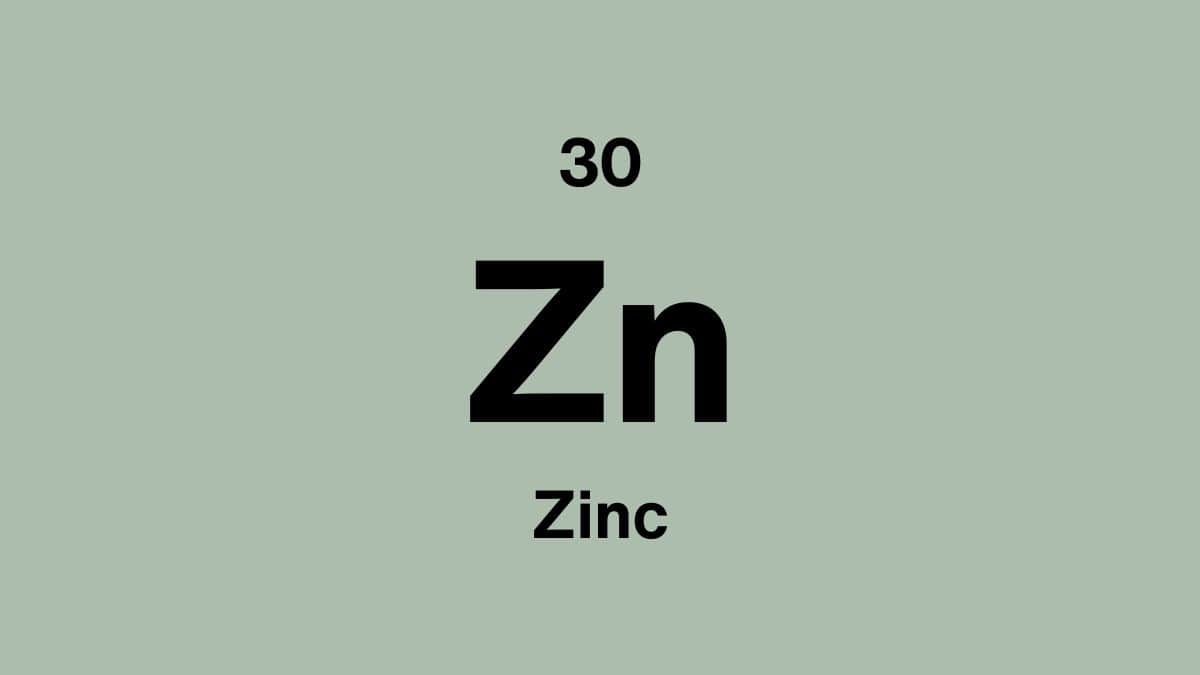
Zinc is a bluish-white metal primarily used for galvanizing steel to prevent corrosion. It is also important in alloys, batteries, and as a trace element in nutrition.
Michiel Bester | Updated: October 2025

Gallium is a soft, silvery metal that melts near room temperature. It is used in semiconductors, LEDs, and solar panels.
Michiel Bester | Updated: October 2025
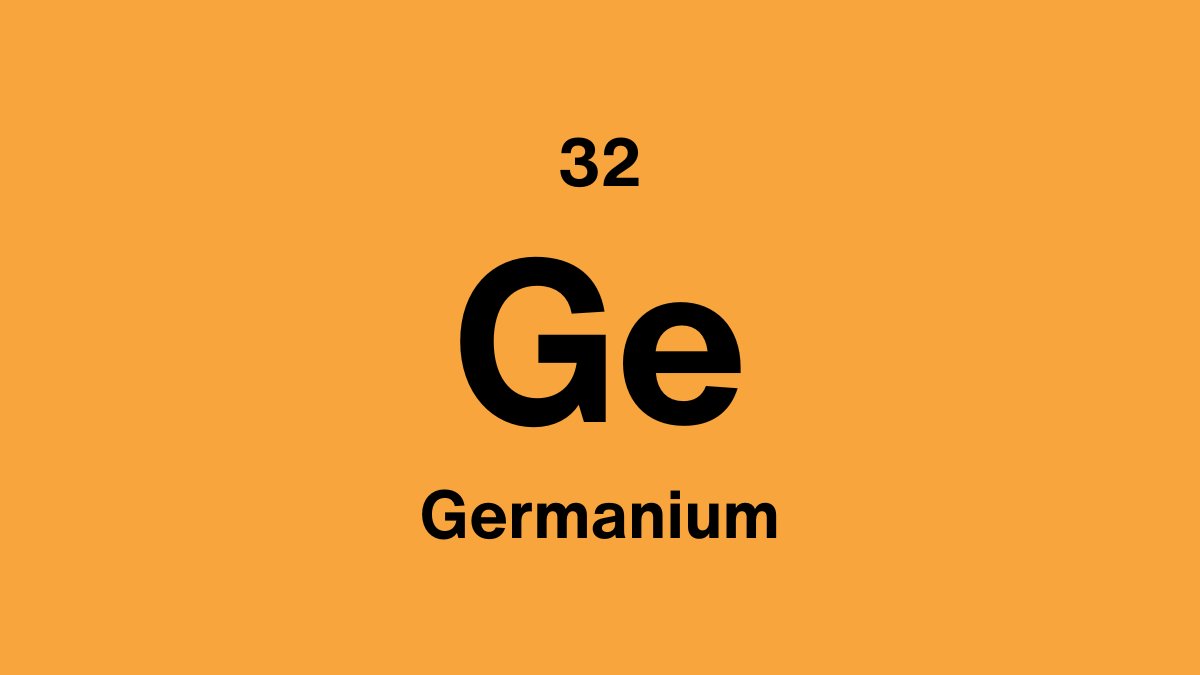
Germanium is a grayish metalloid used mainly in semiconductors and fiber optics. It has important applications in infrared optics and solar cells.
Michiel Bester | Updated: October 2025

Arsenic is a brittle metalloid known for its toxicity. It is used in alloys, semiconductors, and historically in pesticides and wood preservatives.
Michiel Bester | Updated: October 2025

Selenium is a nonmetal used in glassmaking, electronics, and as an essential micronutrient. It also has photovoltaic applications in solar cells.
Michiel Bester | Updated: October 2025
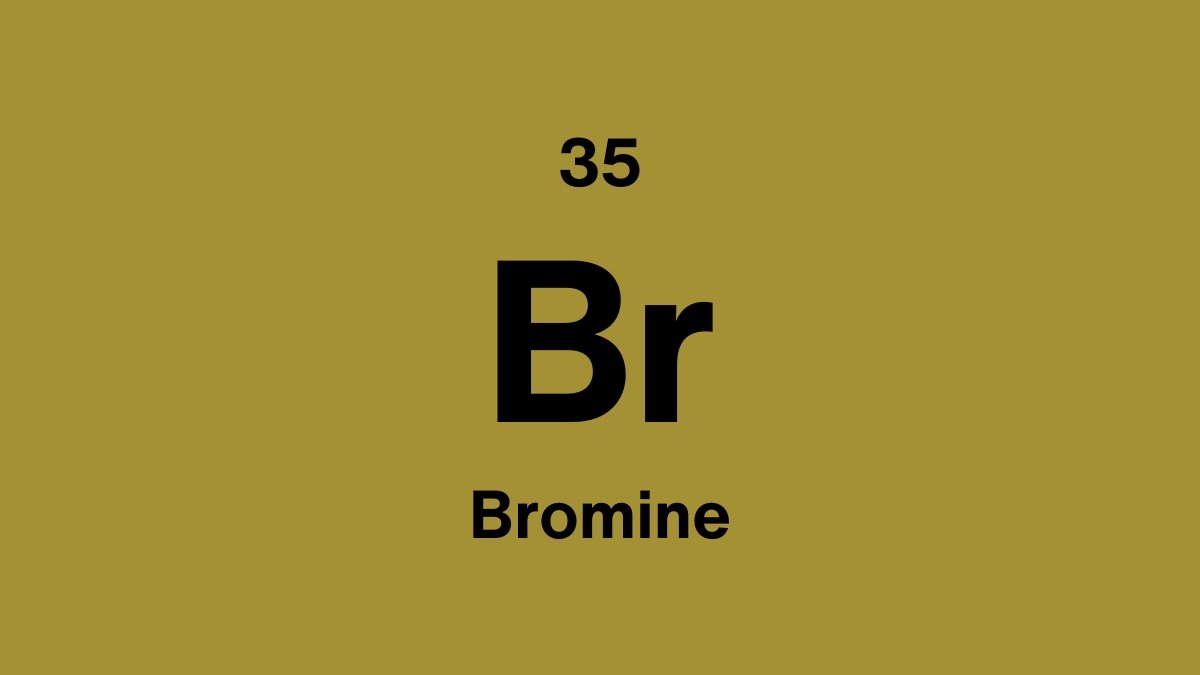
Bromine is a reddish-brown liquid halogen used in flame retardants, photography, and chemical synthesis. It is highly reactive and toxic in pure form.
Michiel Bester | Updated: October 2025
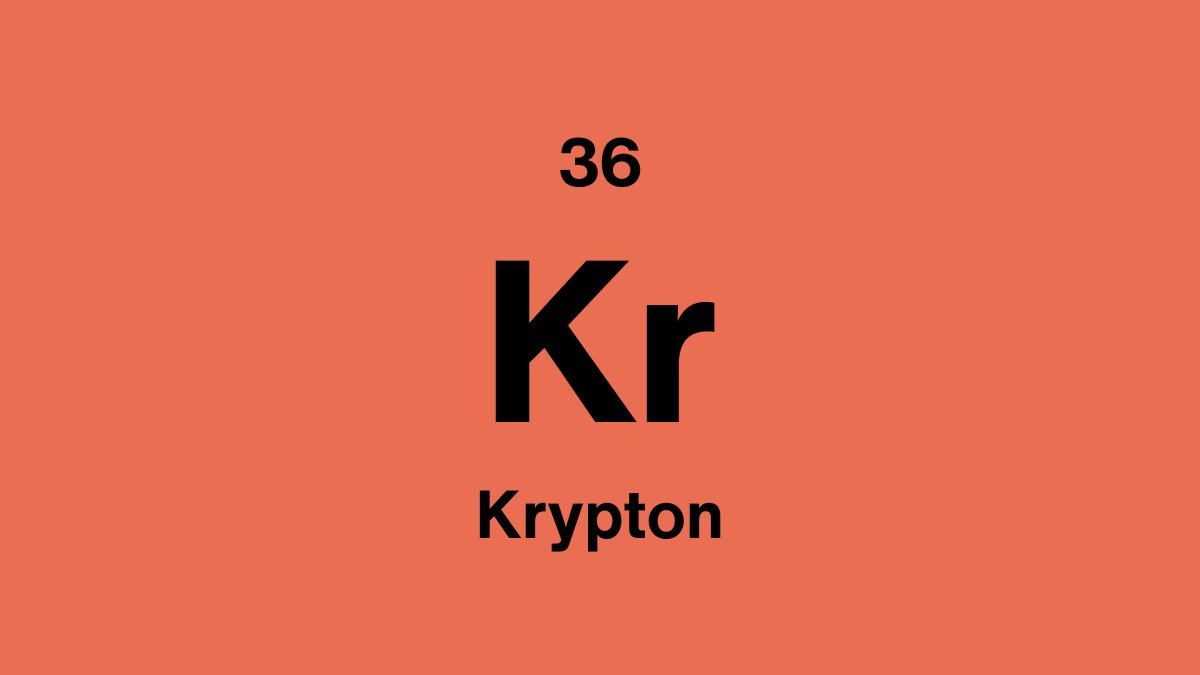
Krypton is a colorless, inert noble gas used in lighting, photography, and high-performance windows. It is chemically unreactive under most conditions.
Michiel Bester | Updated: October 2025
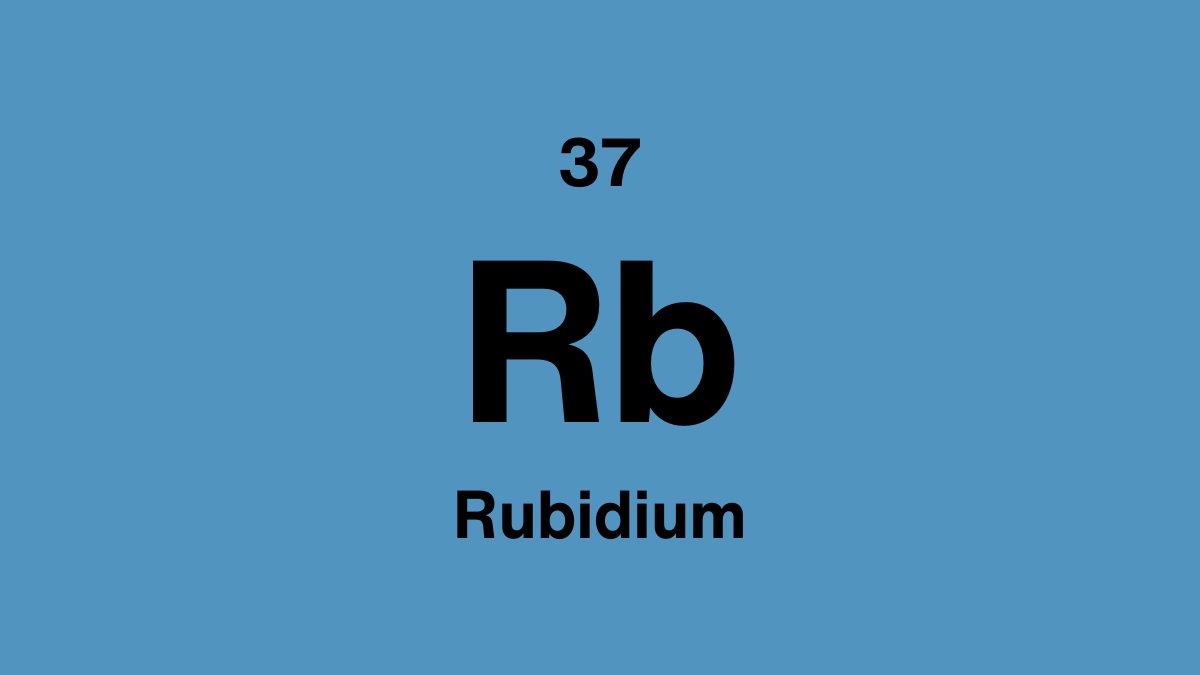
Rubidium is a soft, silvery metal in the alkali group, highly reactive with water. It is used in research, atomic clocks, and specialty glasses.
Michiel Bester | Updated: October 2025
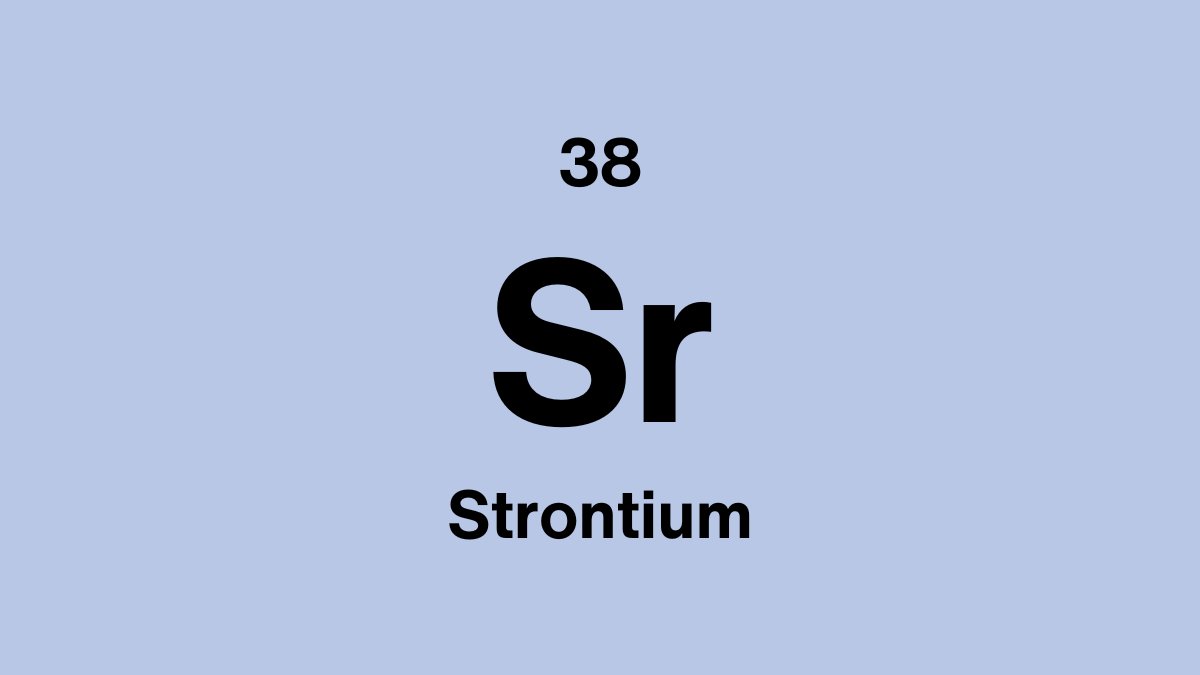
Strontium is a soft, silvery metal used in fireworks, magnets, and ferrite ceramics. It reacts with water and is similar to calcium in properties.
Michiel Bester | Updated: October 2025

Yttrium is a silvery, transition metal used in LEDs, phosphors, and superconductors. It enhances strength and stability in alloys and ceramics.
Michiel Bester | Updated: October 2025
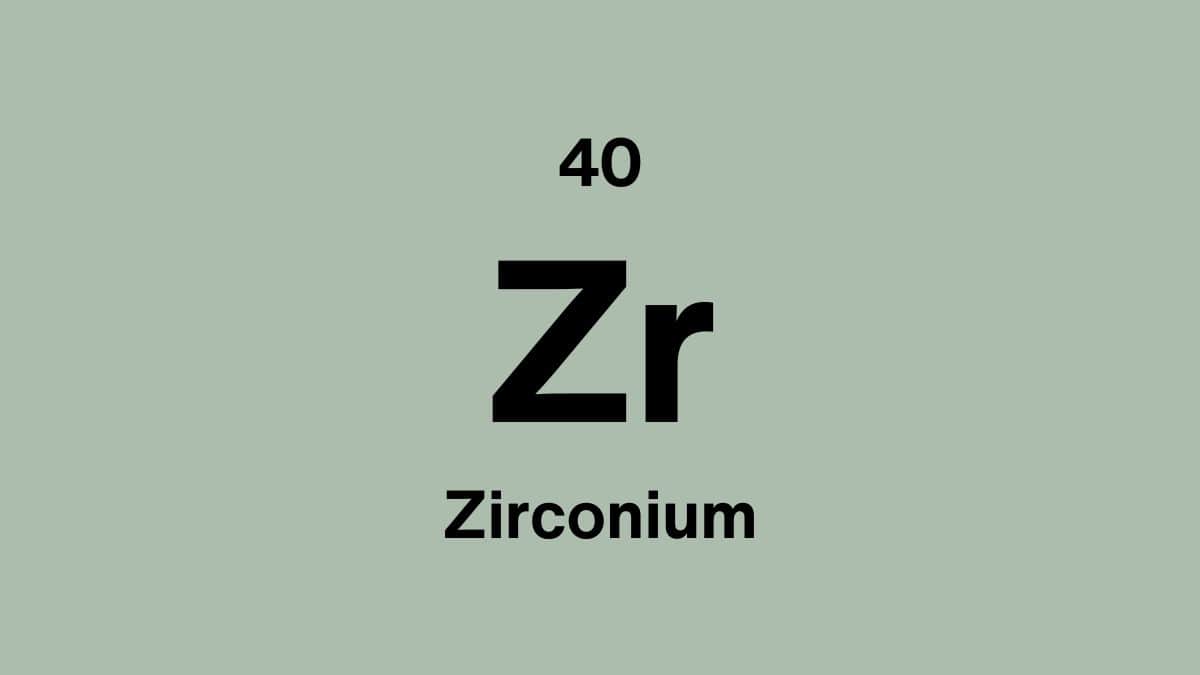
Zirconium is a strong, corrosion-resistant metal used in nuclear reactors, ceramics, and surgical instruments. It has excellent resistance to heat and chemicals.
Michiel Bester | Updated: October 2025

Niobium is a soft, gray metal used in steel alloys to improve strength and corrosion resistance. It also has applications in superconducting materials.
Michiel Bester | Updated: October 2025
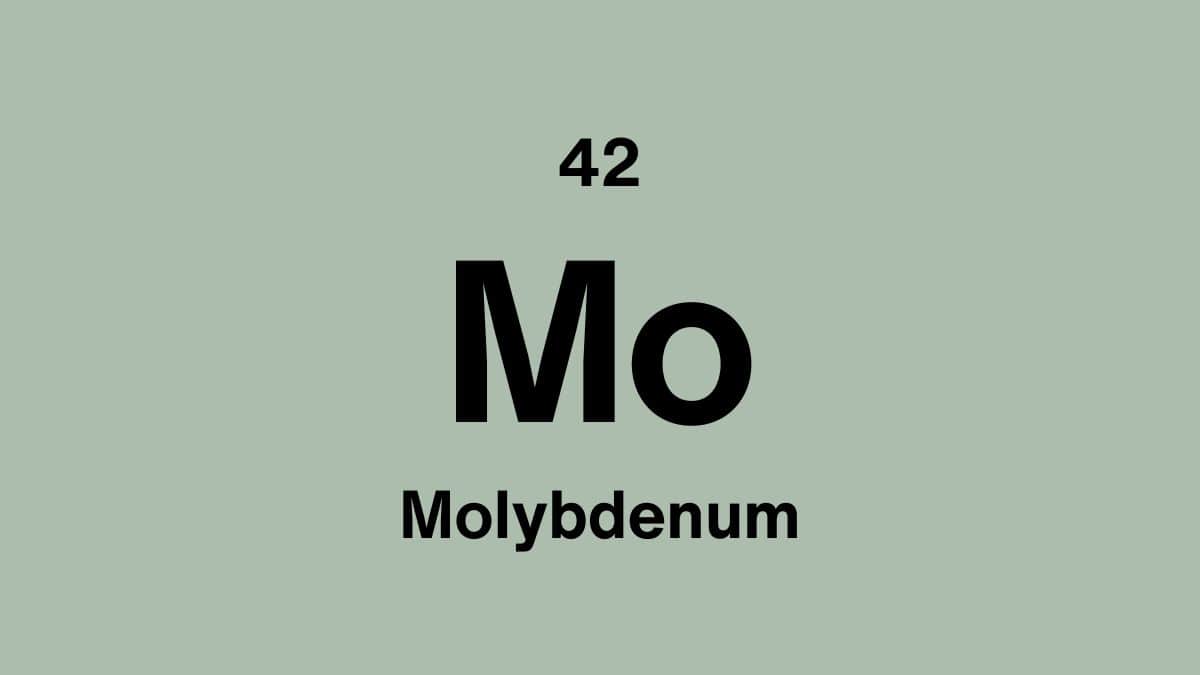
Molybdenum is a silvery metal that enhances strength, hardness, and corrosion resistance in steel alloys. It is also used in electronics and lubricants.
Michiel Bester | Updated: October 2025
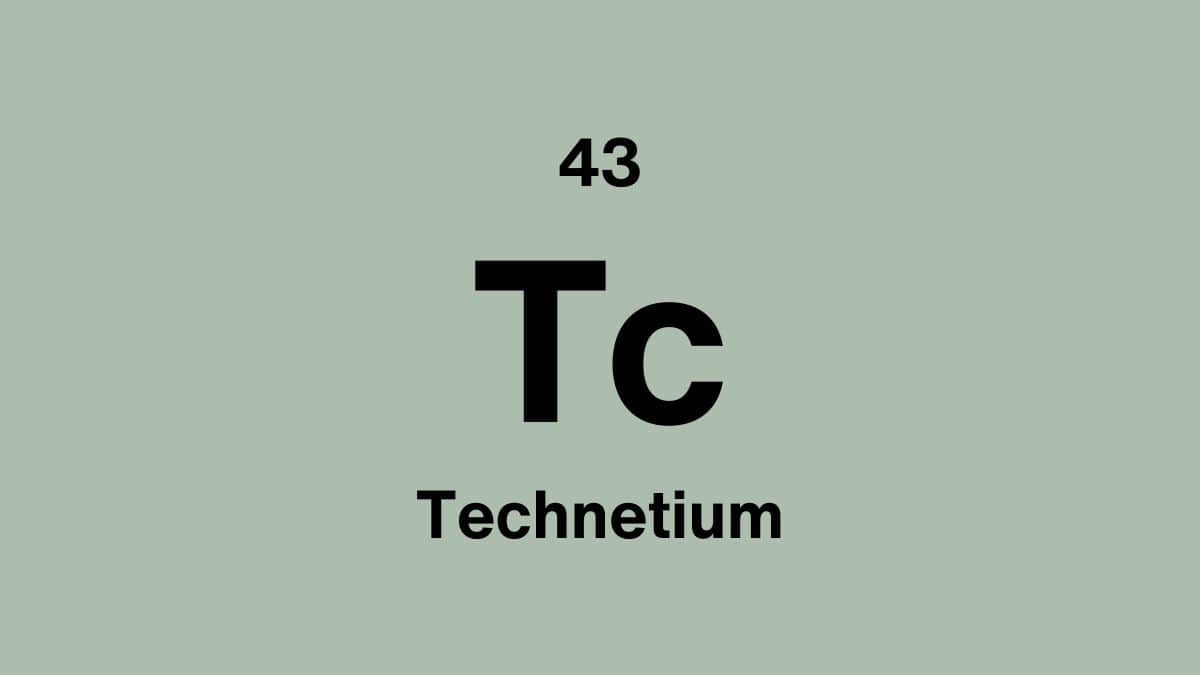
Technetium is a silvery-gray, radioactive metal used primarily in medical imaging. It has no stable isotopes and is rare in nature.
Michiel Bester | Updated: October 2025

Ruthenium is a hard, silvery transition metal used in electronics, alloys, and catalysts. It enhances wear resistance in electrical contacts.
Michiel Bester | Updated: October 2025
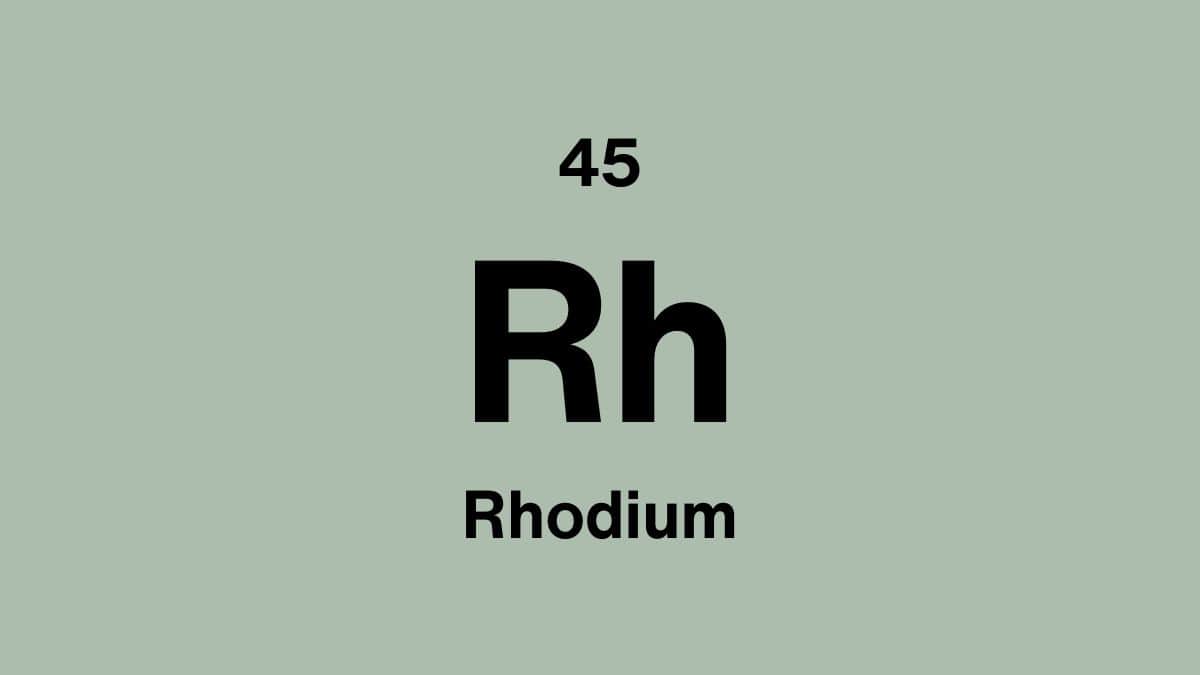
Rhodium is a rare, silvery-white metal with excellent corrosion resistance. It is used in catalytic converters, jewelry, and electrical contacts.
Michiel Bester | Updated: October 2025
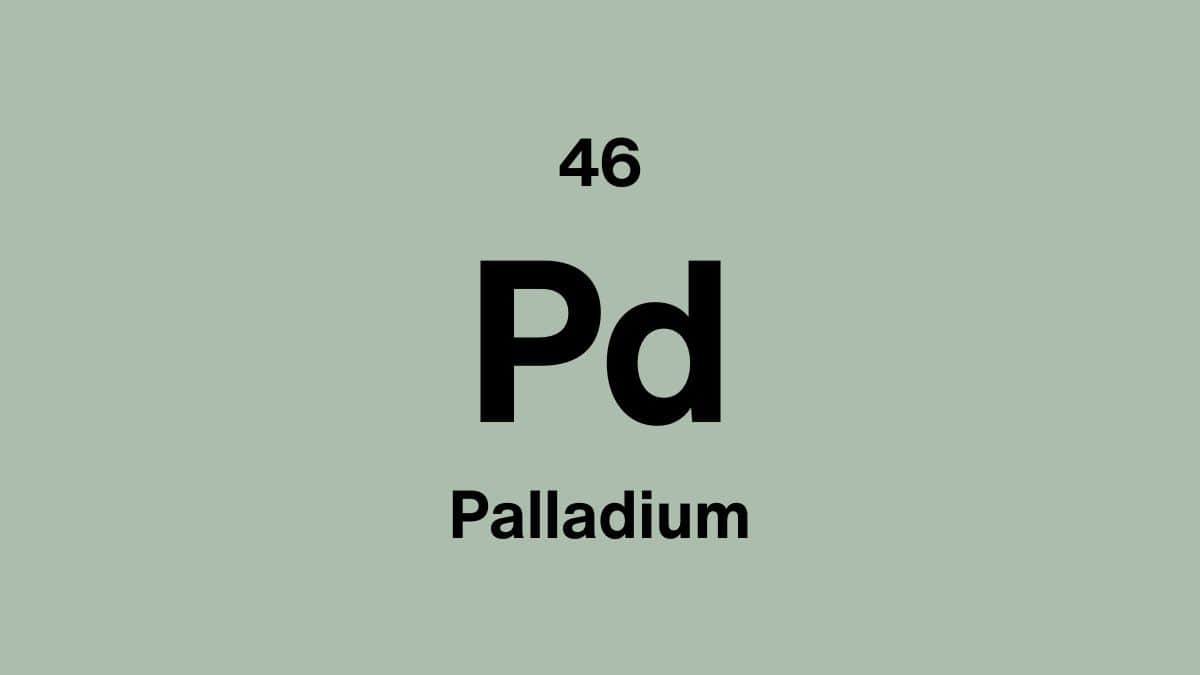
Palladium is a lustrous, silvery metal used in catalytic converters, electronics, and jewelry. It is part of the platinum group and resistant to tarnishing.
Michiel Bester | Updated: October 2025
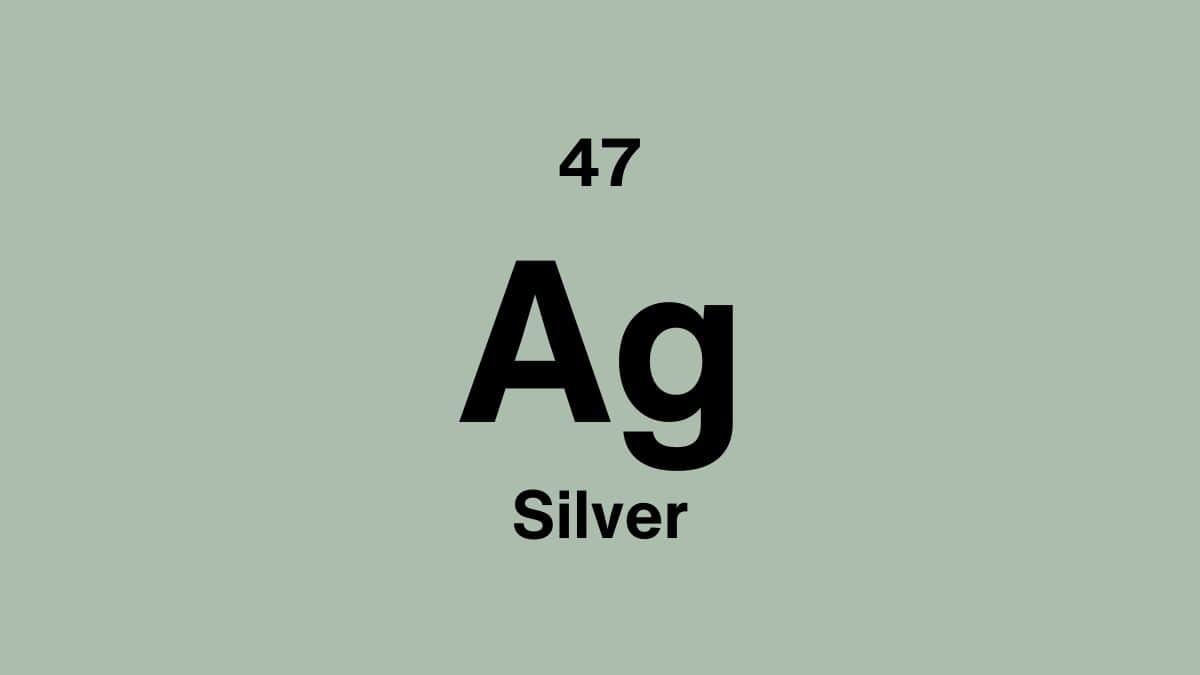
Silver is a shiny, highly conductive metal widely used in jewelry, electronics, and coins. It also has antibacterial and reflective properties.
Michiel Bester | Updated: October 2025
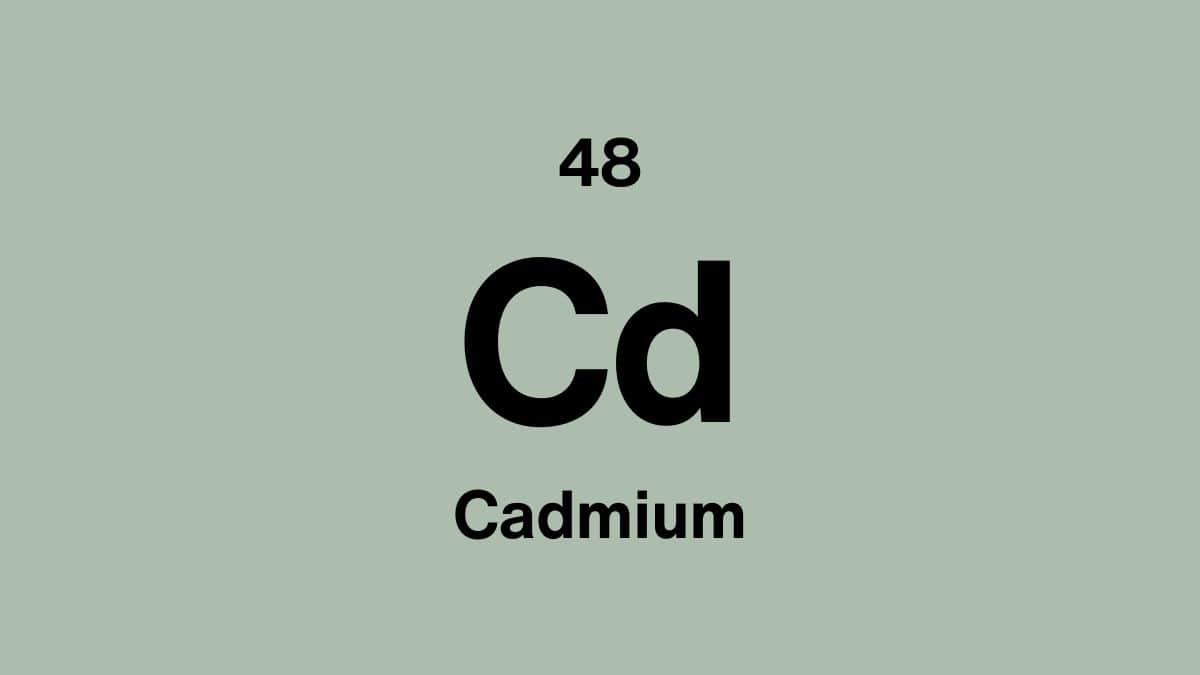
Cadmium is a soft, bluish-white metal primarily used in batteries, pigments, and coatings. It is toxic and handled carefully in industrial applications.
Michiel Bester | Updated: October 2025

Indium is a soft, silvery metal used in electronics, semiconductors, and low-melting alloys. It is also important in touchscreens and LCDs.
Michiel Bester | Updated: October 2025

Tin is a silvery metal used for coating other metals to prevent corrosion, in alloys like bronze, and in soldering. It is soft, malleable, and resistant to oxidation.
Michiel Bester | Updated: October 2025
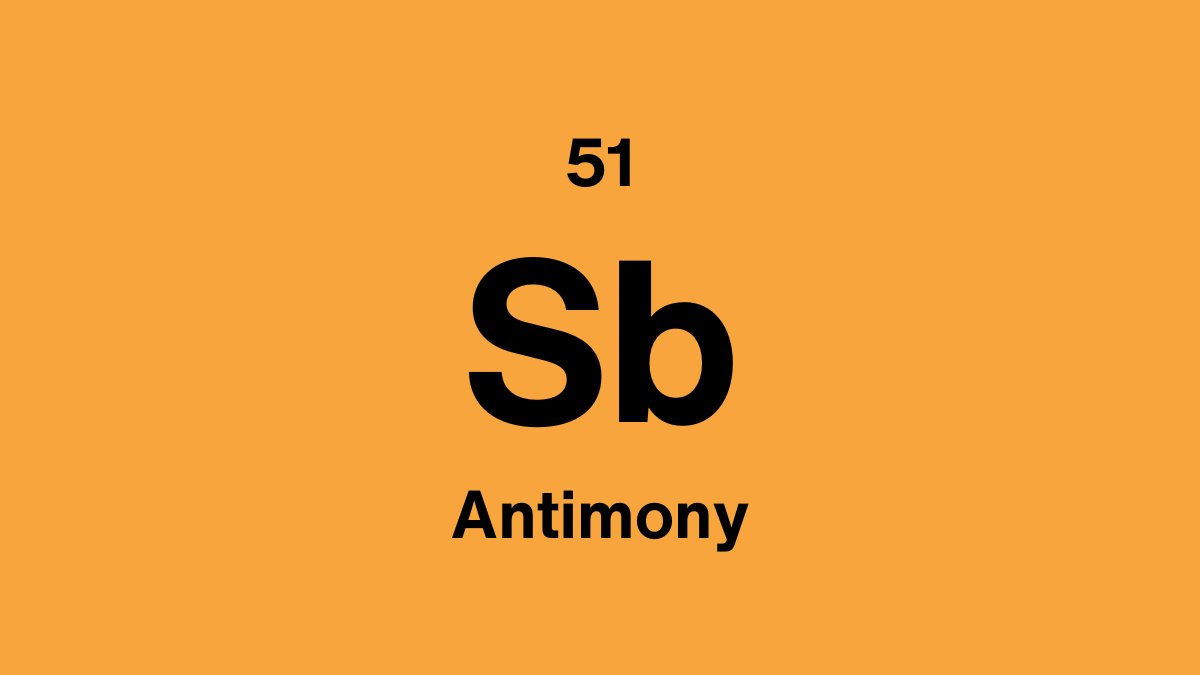
Antimony is a brittle metalloid used in flame retardants, alloys, and electronics. It is also applied in some semiconductors and solders.
Michiel Bester | Updated: October 2025
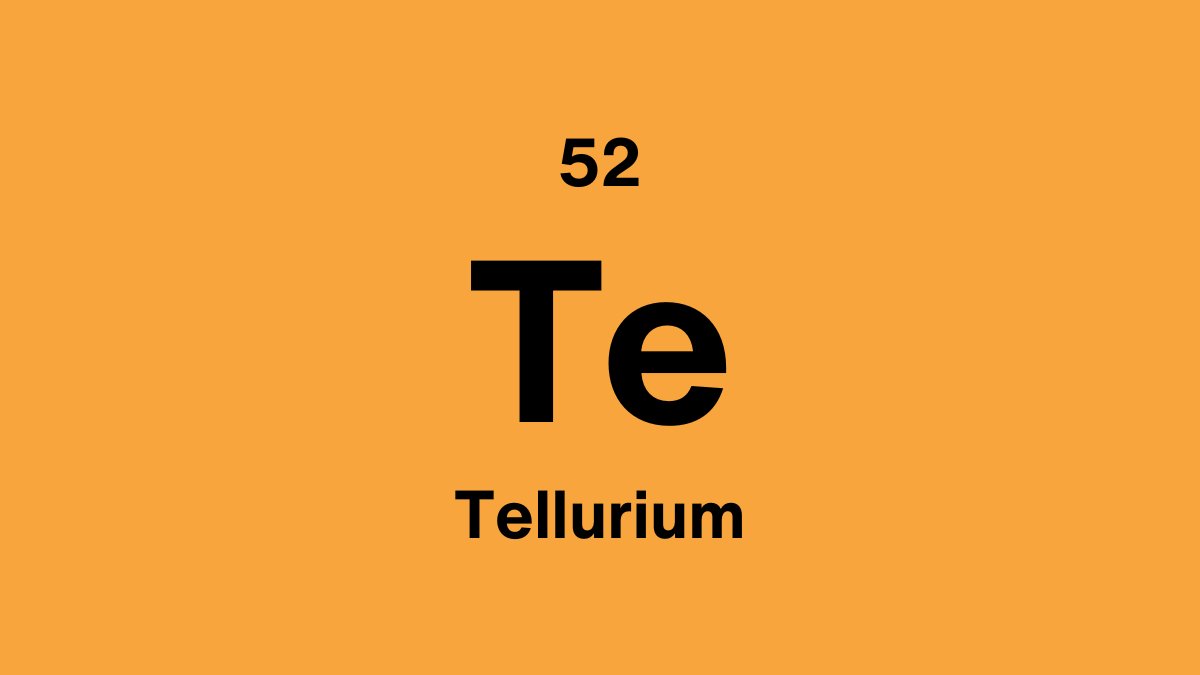
Tellurium is a brittle, silvery metalloid used in alloys, semiconductors, and thermoelectric devices. It enhances corrosion resistance and electrical properties in metals.
Michiel Bester | Updated: October 2025

Iodine is a dark-purple halogen used in medicine, disinfectants, and nutrition. It is essential for thyroid function in humans.
Michiel Bester | Updated: October 2025

Xenon is a colorless, noble gas used in lighting, medical imaging, and high-intensity lamps. It is chemically inert under normal conditions.
Michiel Bester | Updated: October 2025
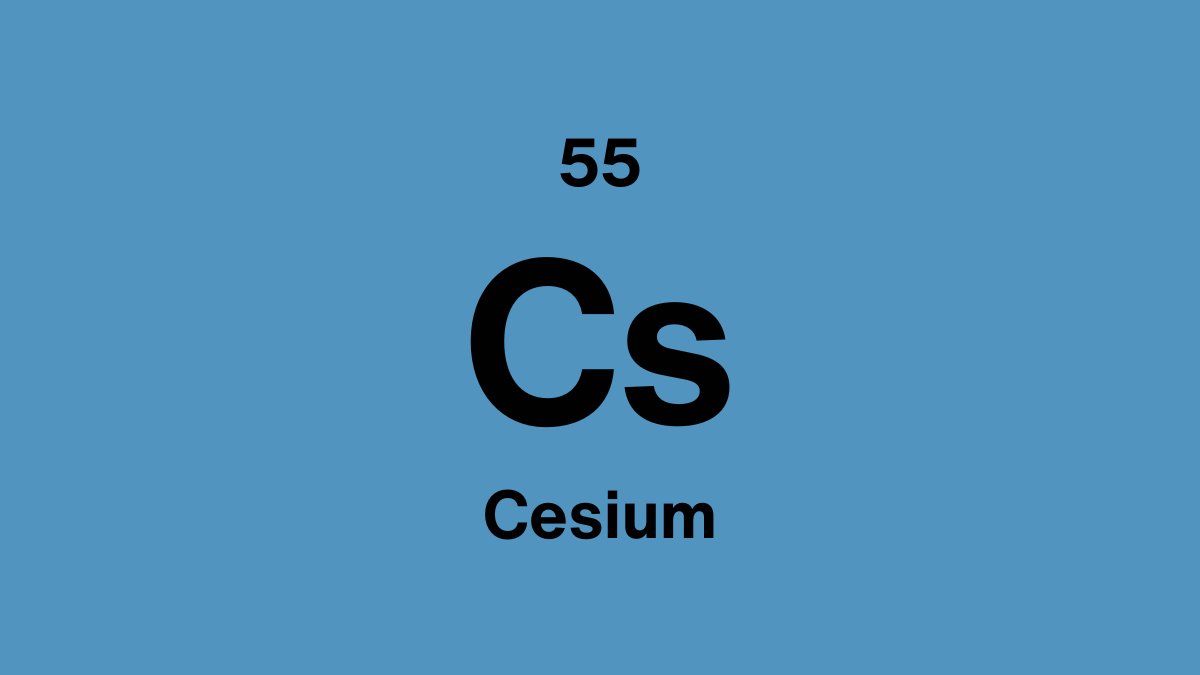
Cesium is a soft, golden alkali metal that reacts explosively with water. It is used in atomic clocks, photoelectric cells, and vacuum tubes.
Michiel Bester | Updated: October 2025
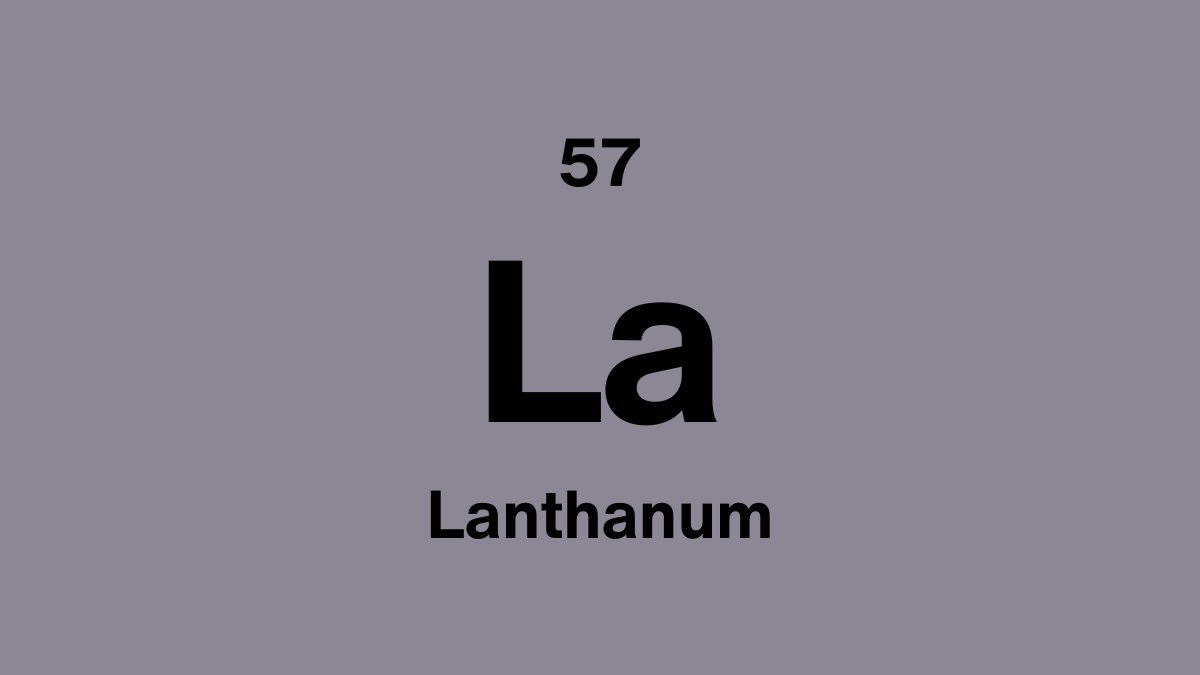
Lanthanum is a soft, silvery rare-earth metal used in camera lenses, batteries, and catalysts. It has excellent optical and catalytic properties.
Michiel Bester | Updated: October 2025
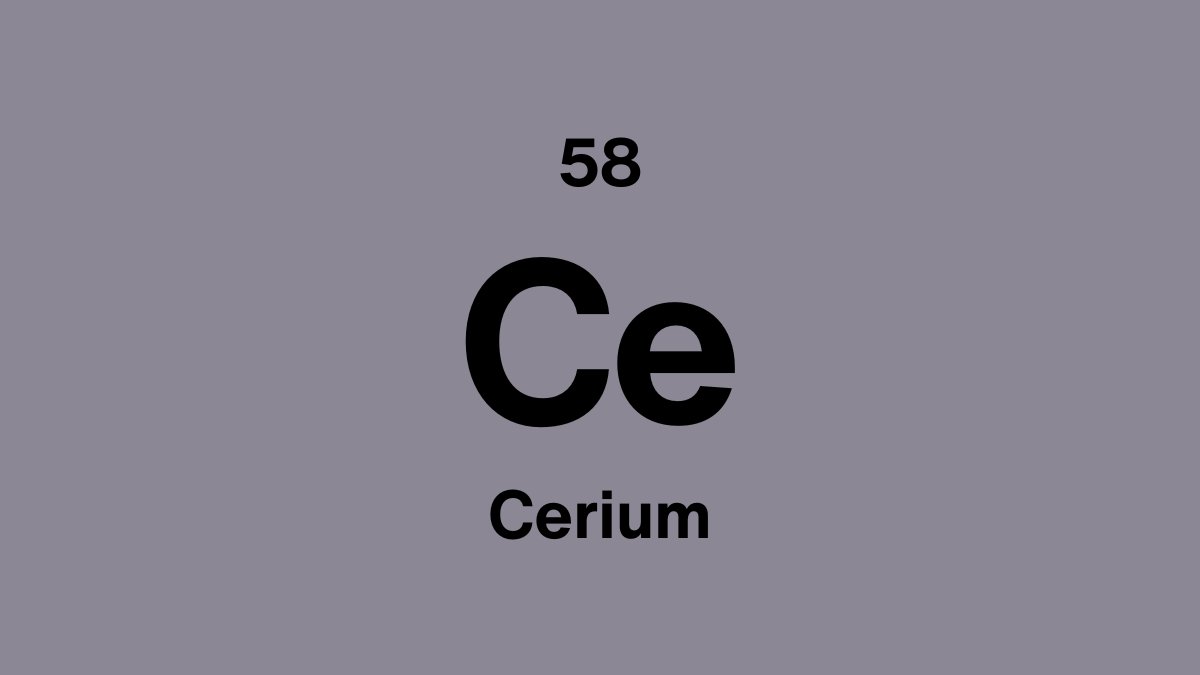
Cerium is a soft, silvery rare-earth metal used in catalytic converters, glass polishing, and alloys. It oxidizes easily in air.
Michiel Bester | Updated: October 2025
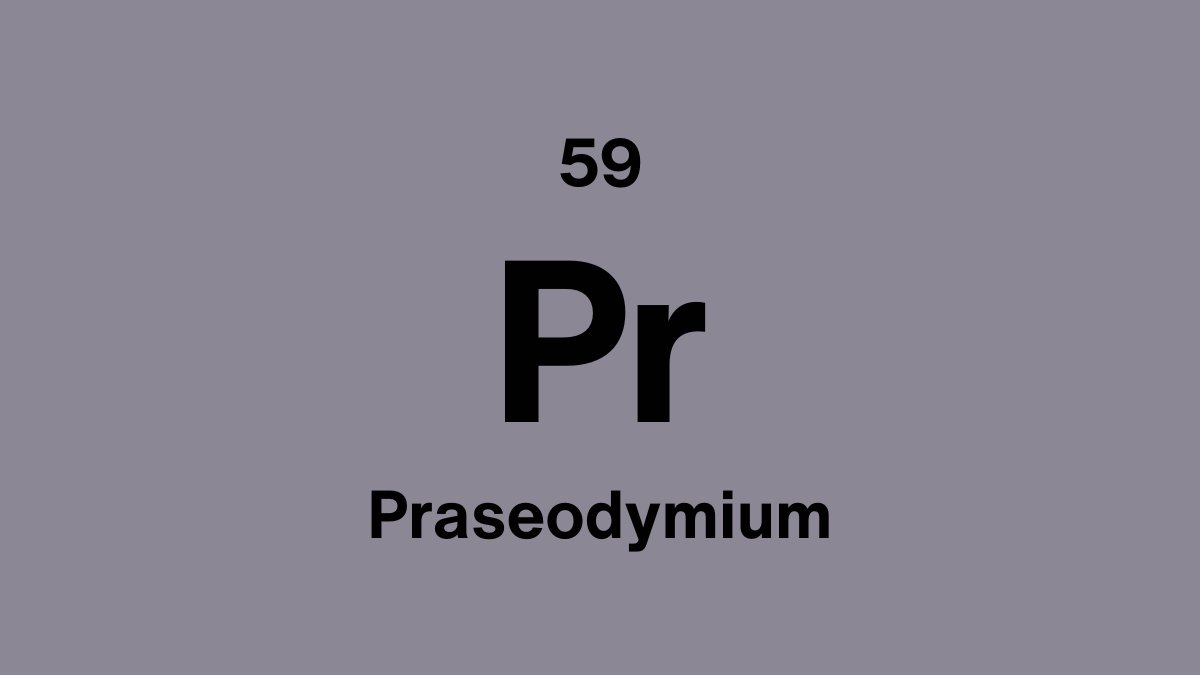
Praseodymium is a soft, silvery rare-earth metal used in magnets, ceramics, and aircraft engines. It has strong magnetic and optical properties.
Michiel Bester | Updated: October 2025
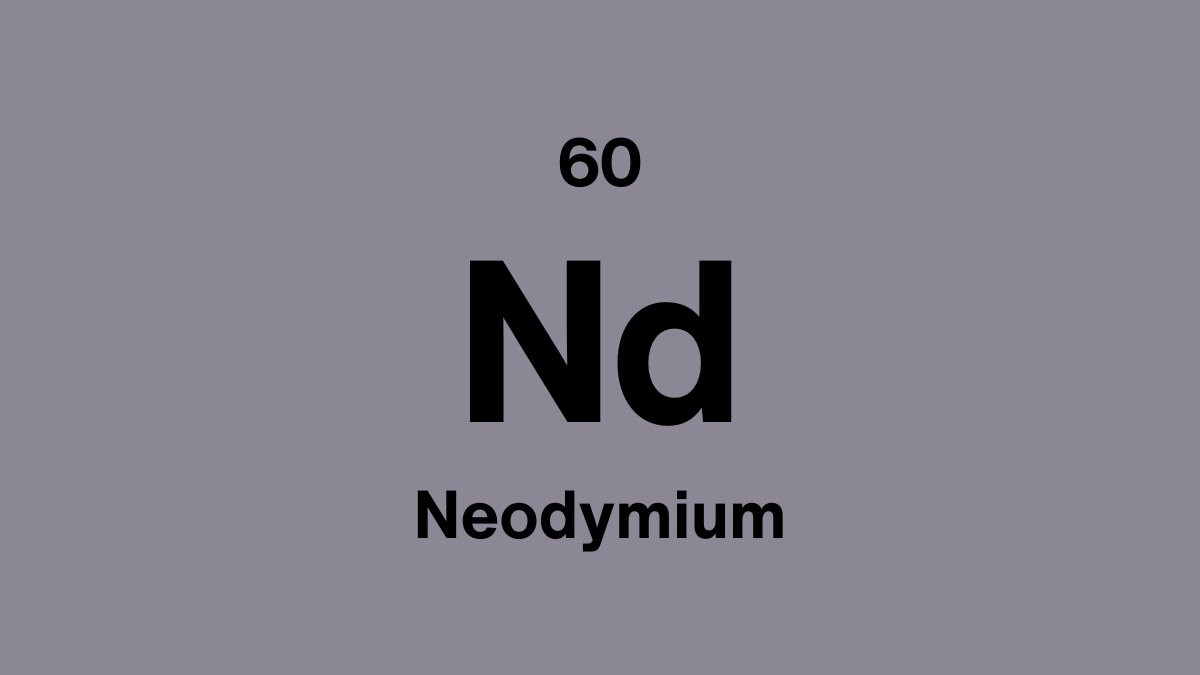
Neodymium is a soft, silvery rare-earth metal used in powerful magnets, lasers, and glass coloring. It is critical for high-performance technologies.
Michiel Bester | Updated: October 2025
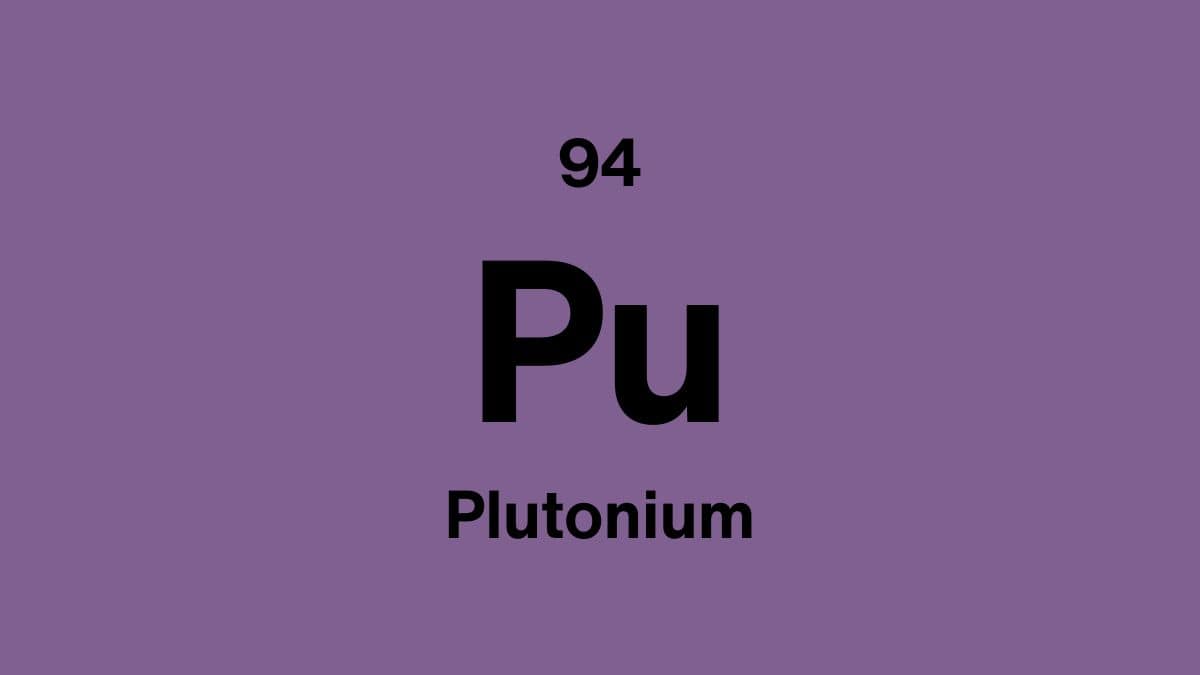
Plutonium is a radioactive chemical element and falls in the actinide metal group. It is of silvery-grey appearance and forms a dull coating when oxidized. It reacts with carbon, haloge...
Flypie | Updated: March 2021
We are writing as fast as we can :)
